Oz Andrews
Director
Tyba Home
We use the Geomiq platform as it is the easiest and fastest way to get any of our parts made. They are the obvious choice, highly recommended!
World-class CNC Turned parts delivered to your door as little as 5 days. Perfect for prototype and high volume production, our CNC turning service offers a wide range of materials and finishes.
All uploads are secure and confidential.

Trusted by






With our CNC turning service, your mechanical parts can be created with an extremely high level of accuracy. When you rely on Geomiq for your CNC Turning needs, you can trust that we’ll connect you with the right manufacturer for the job. Our partners’ expertise – combined with the power of our data-driven software and the 1400+ machines on our network – will ensure your CNC turning parts are affordably quoted, quickly delivered and made right the first time, every time.
Maximum part size for CNC turning
Part size limitations
Metric units
Imperial units
Maximum part diameter
520 mm
20.5 in
Maximum part length
3600 mm
141.7 in
Maximum swing over the carriage
900 mm
35.4 in
Maximum spindle through-hole
80 mm
3.1 in
Maximum speed: 60,000RPM, Motor power: 9.5kW
We’re committed to reducing friction at every stage, so you can be as delighted with the speed of your CNC Turned parts’ arrival as you are with their exceptional quality. Order now to receive your CNC turning parts in as little as 5 days!
Our standard CNC tolerance is +/- 0.127mm, and when you use our tolerance configurator, you can expect precision machining to +/- 0.005mm.
Whether you’re after a one-off prototype or 100,000 units at the most competitive price, CNC Turning is a go-to manufacturing method for rapid scalability.
We offer high-quality finishing processes for most CNC Turned parts; including anodising, polishing and plating, heat treatment, powder coating and more.
We offer over 60 production grade materials, and take great care to ensure the right material is used for every CNC Turning part.
From aerospace and robotics products to medical and automotive parts, we’re proud to create beautifully CNC Turned parts for any and every industry.
Upload your CAD to our platform, select your lead time and get an instant or 24hr CNC turning quote.
We select the most suited manufacturer for your order, with production starting immediately.
We gaurantee your CNC turned order arrives to specification, with our industry leading virtual and physical quality standards.
We ship your parts on express services where possible, including physical delivery notes and inspection reports.
Upload your CAD to our platform, select your lead time and get an instant or 24hr CNC turning quote.
We select the most suited manufacturer for your order, with production starting immediately.
We gaurantee your CNC turned order arrives to specification, with our industry leading virtual and physical quality standards.
We ship your parts on express services where possible, including physical delivery notes and inspection reports.
We’re committed to providing the best quality assurance in the business. We employ highly skilled engineers to triple-check all of your files and parts from the initial CNC turning quote to final inspection – ensuring that you’re happy with your results the first time, every time.
At Geomiq, we know your time is valuable – and we’re passionate about helping you save more of it. When you upload your files, we’ll get you a quote within one business day – and our network of highly experienced partners will ensure the finished products are of the highest quality possible.
We partner with 260+ highly vetted and experienced manufacturers from 50+ different countries, so that you can benefit from more options, greater capabilities and the highest standards in the world – all from a single access point of sheet metal processing and production.
All uploads are secure and confidential.
CNC machined finishes
See all finishes
Filter By:
As machined finish is a raw finish that displays machining marks from the machining process. As standard we machine to 3.2Ra, however you can specify the surface roughness down to 0.2Ra.
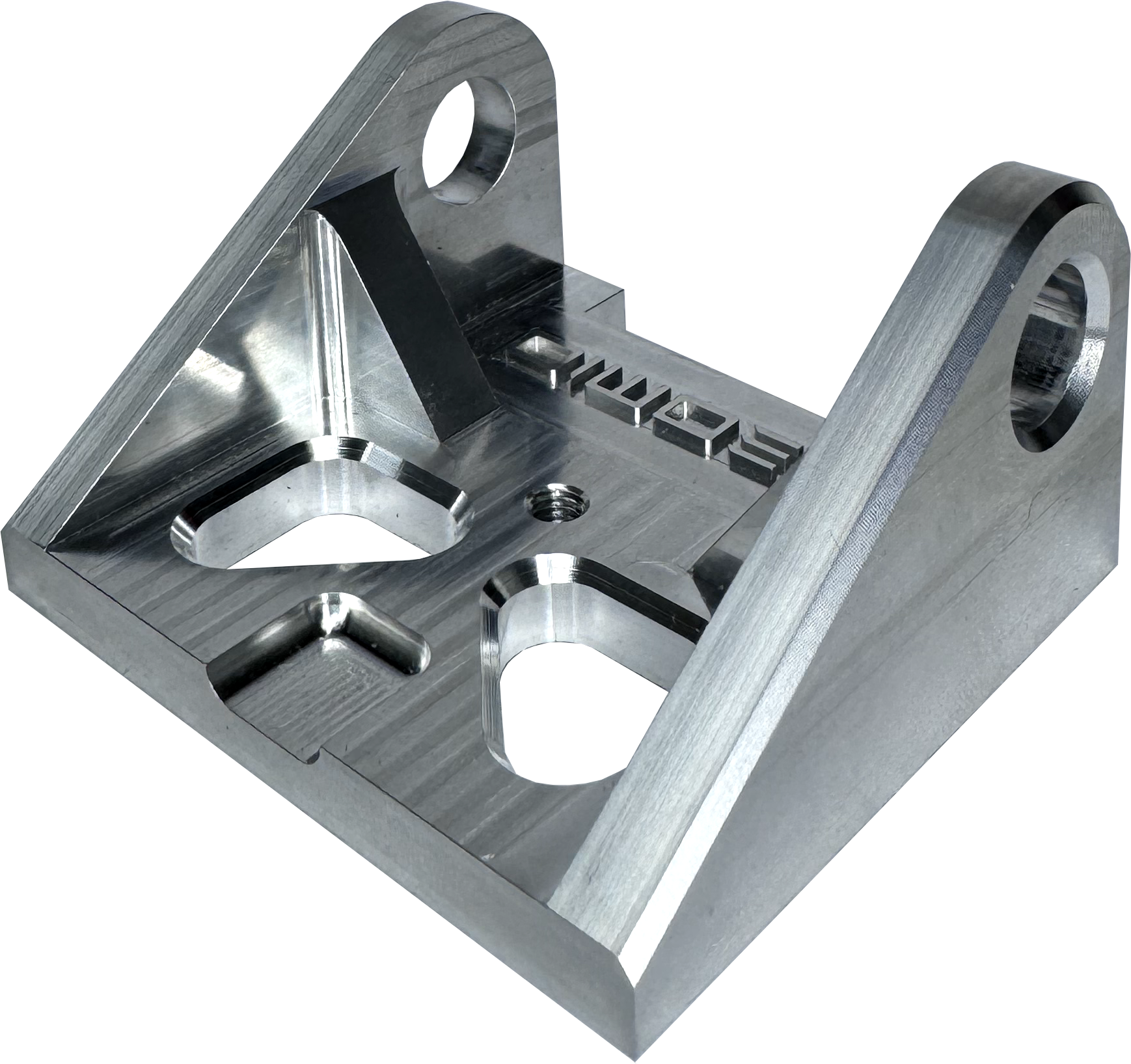
Visible tooling marks and light surface scratches.
The examples below have been bead blasted, acid cleaned for pre-treatment and hot water sealed. They offer a consistent cosmetic finish and is the most popular finishing method for most aluminium parts. We offer 30 - 220 grit bead blasting, aqua blasting and all colours of anodising including colour matching.
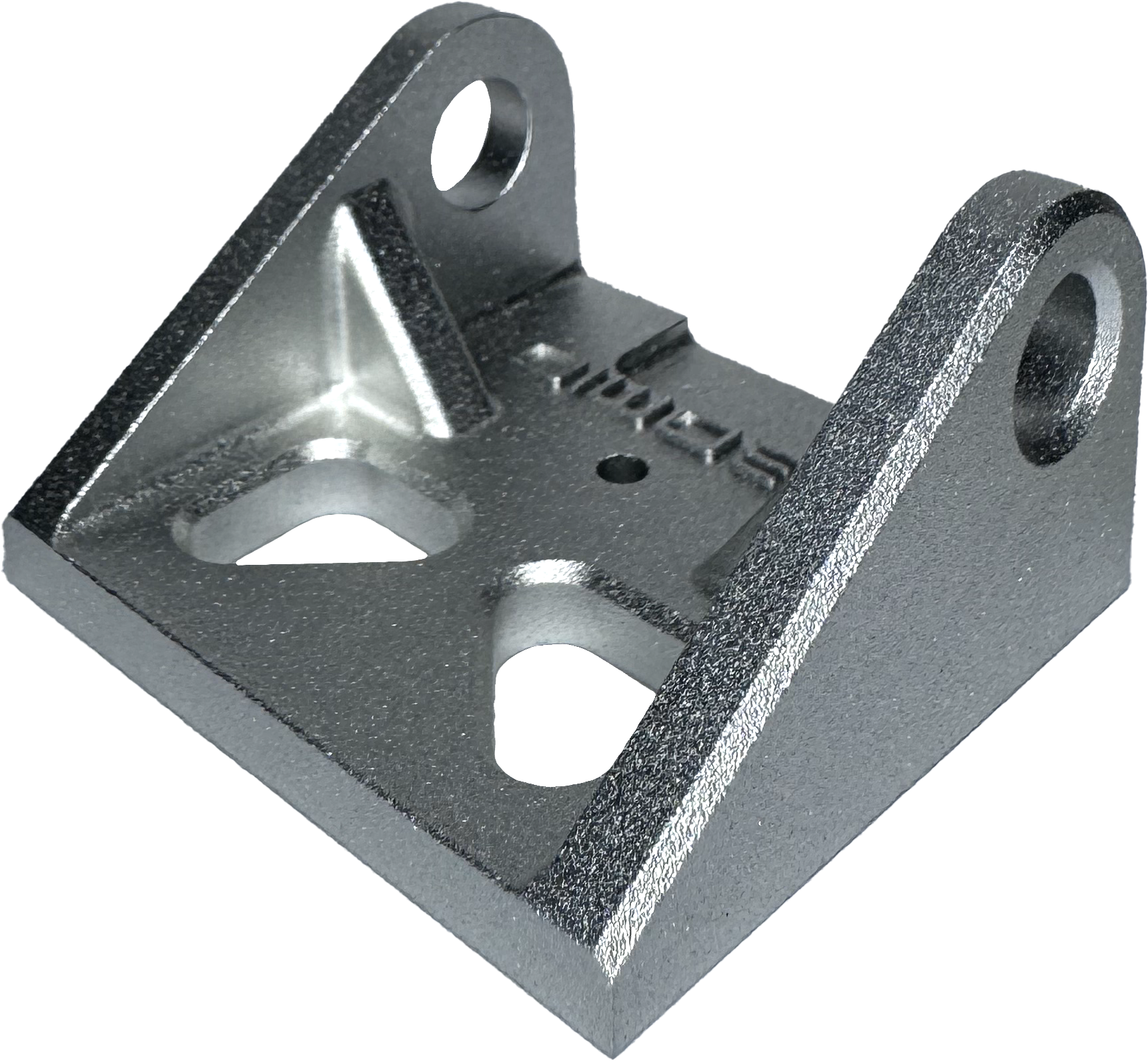
Removes all machining marks and leaves heavy texture
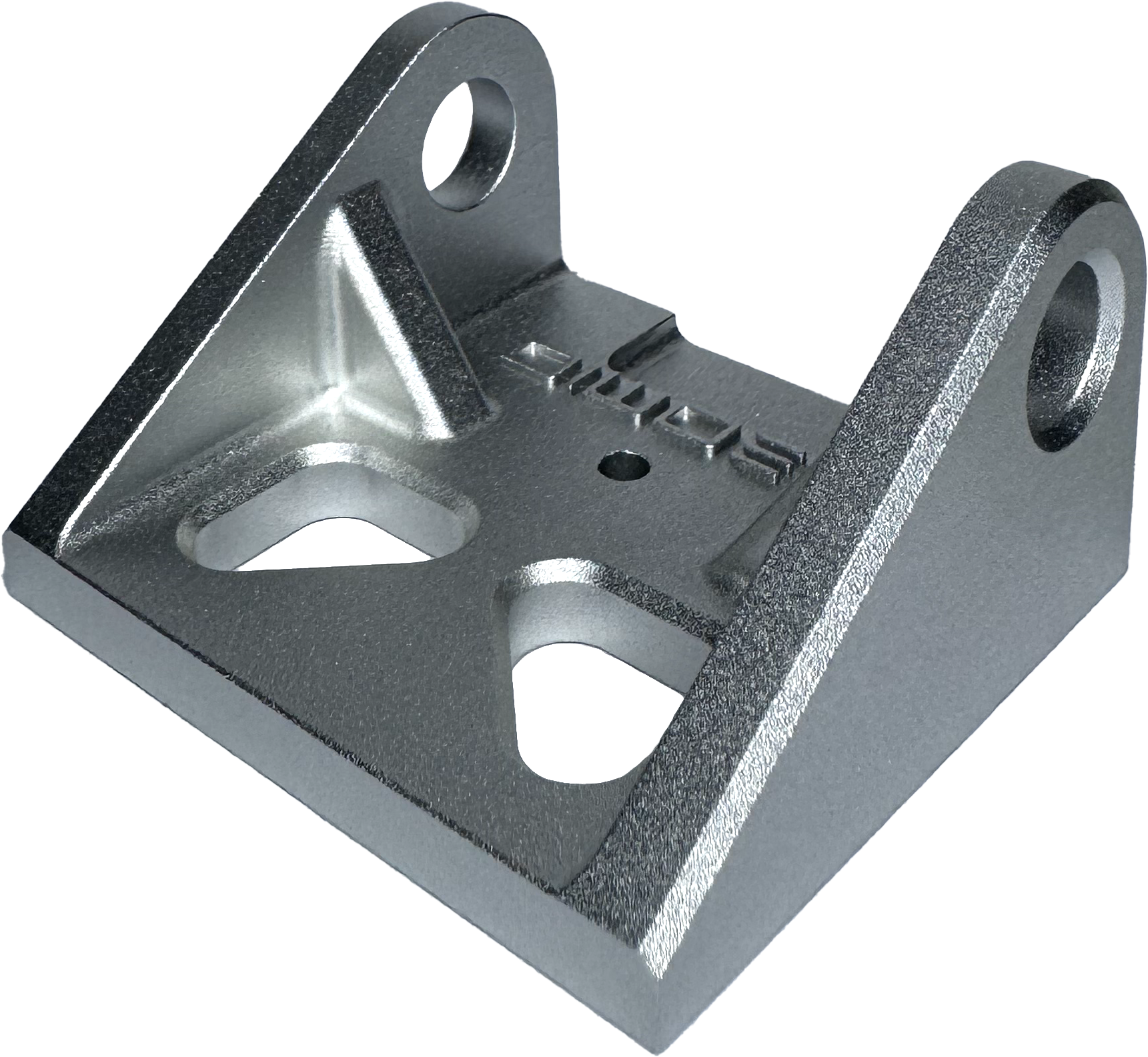
Removes all machining marks and leaves heavy texture
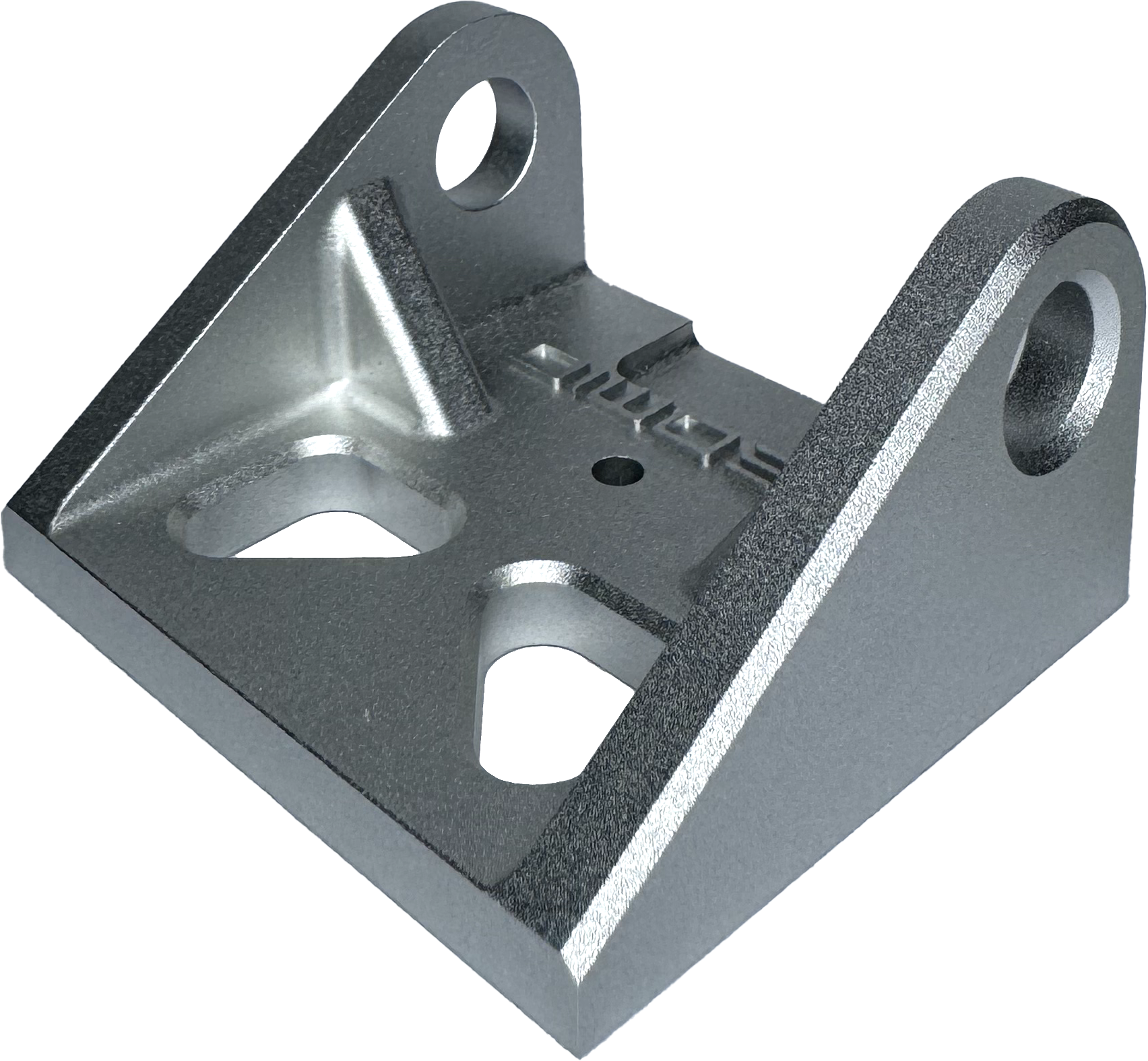
Removes all machining marks and leaves medium texture
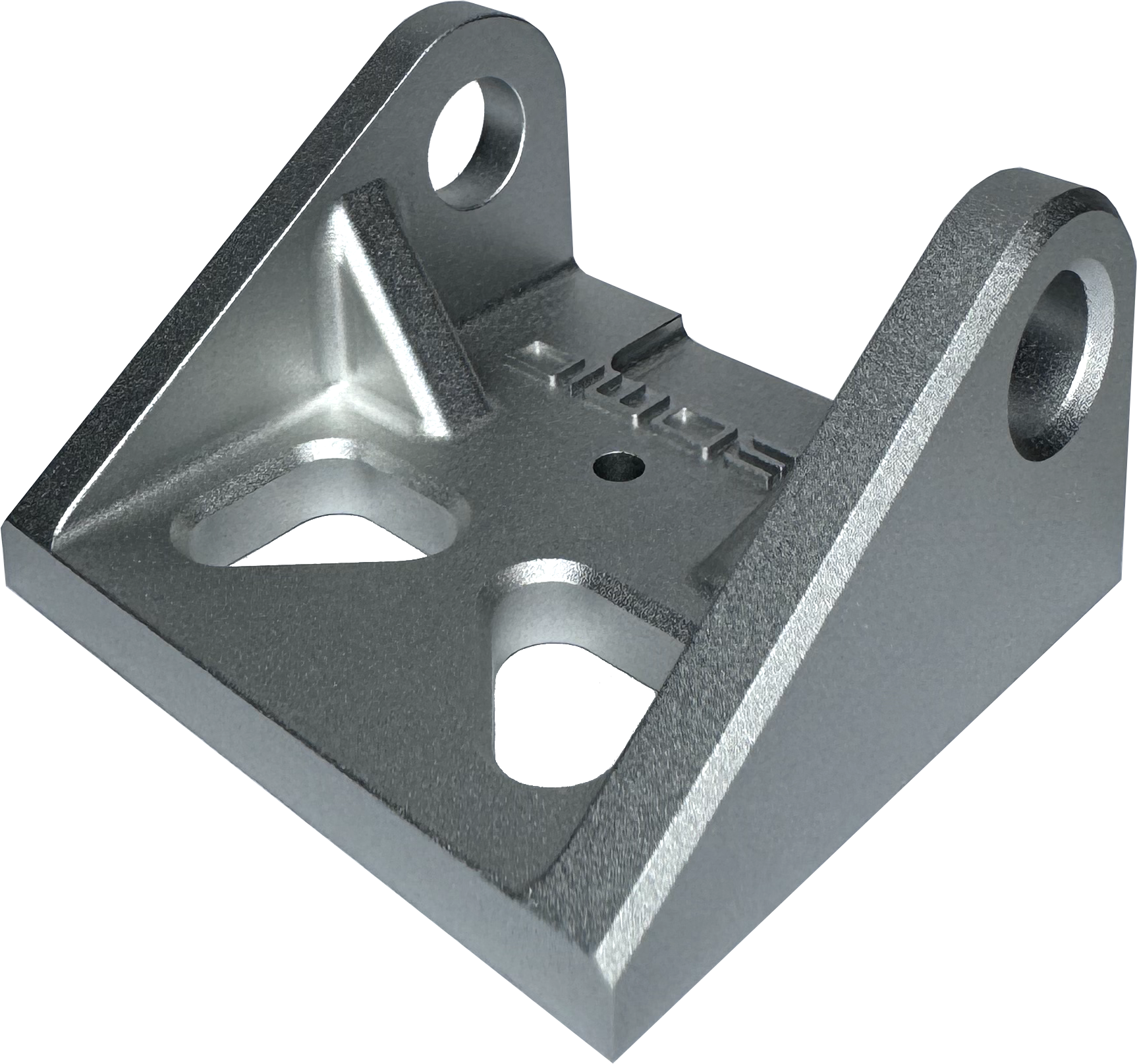
(Most common) Removes all machining marks & medium texture

Removes most machining marks and leaves medium texture
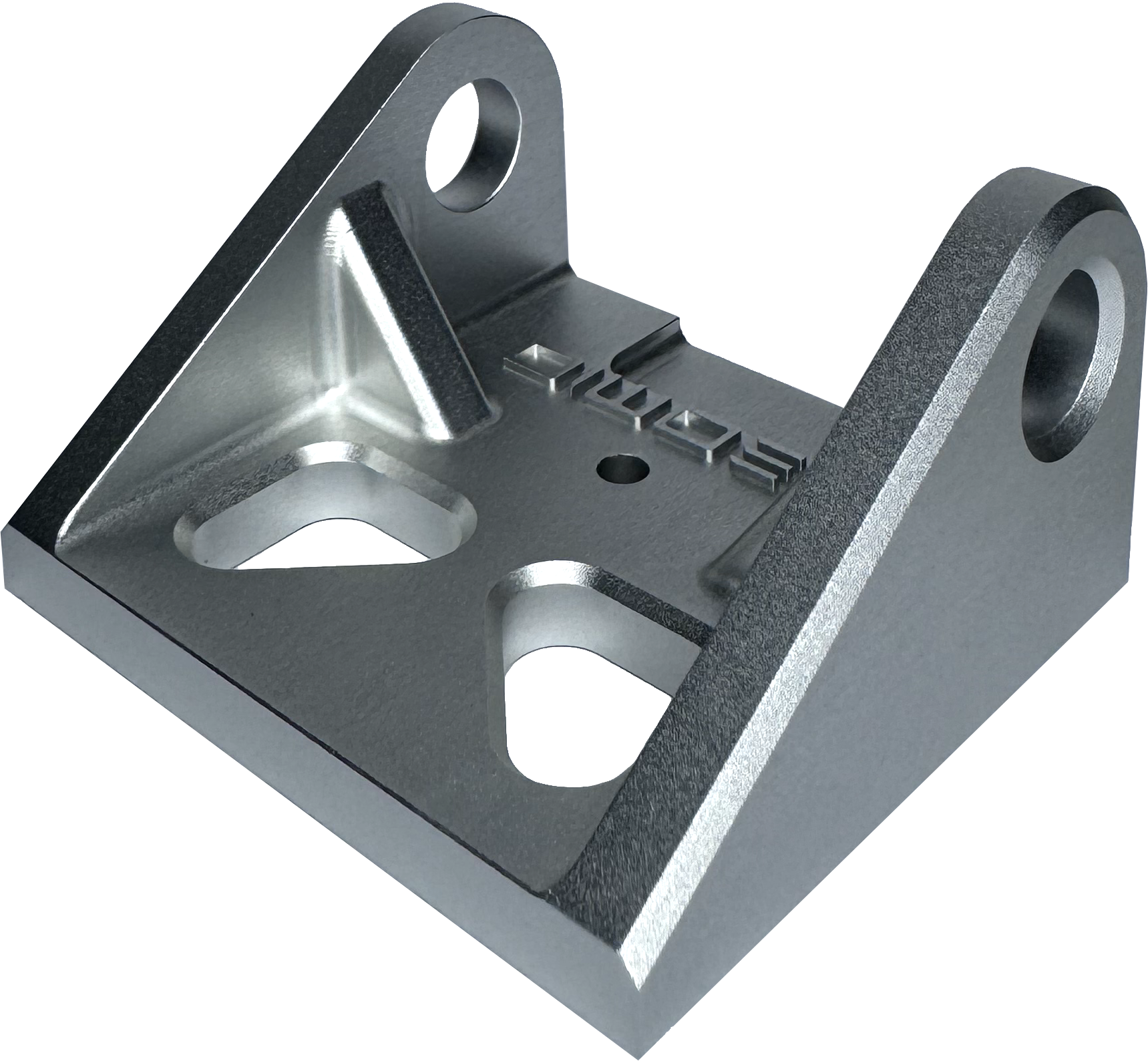
Removes medium machining marks and leaves medium-soft texture
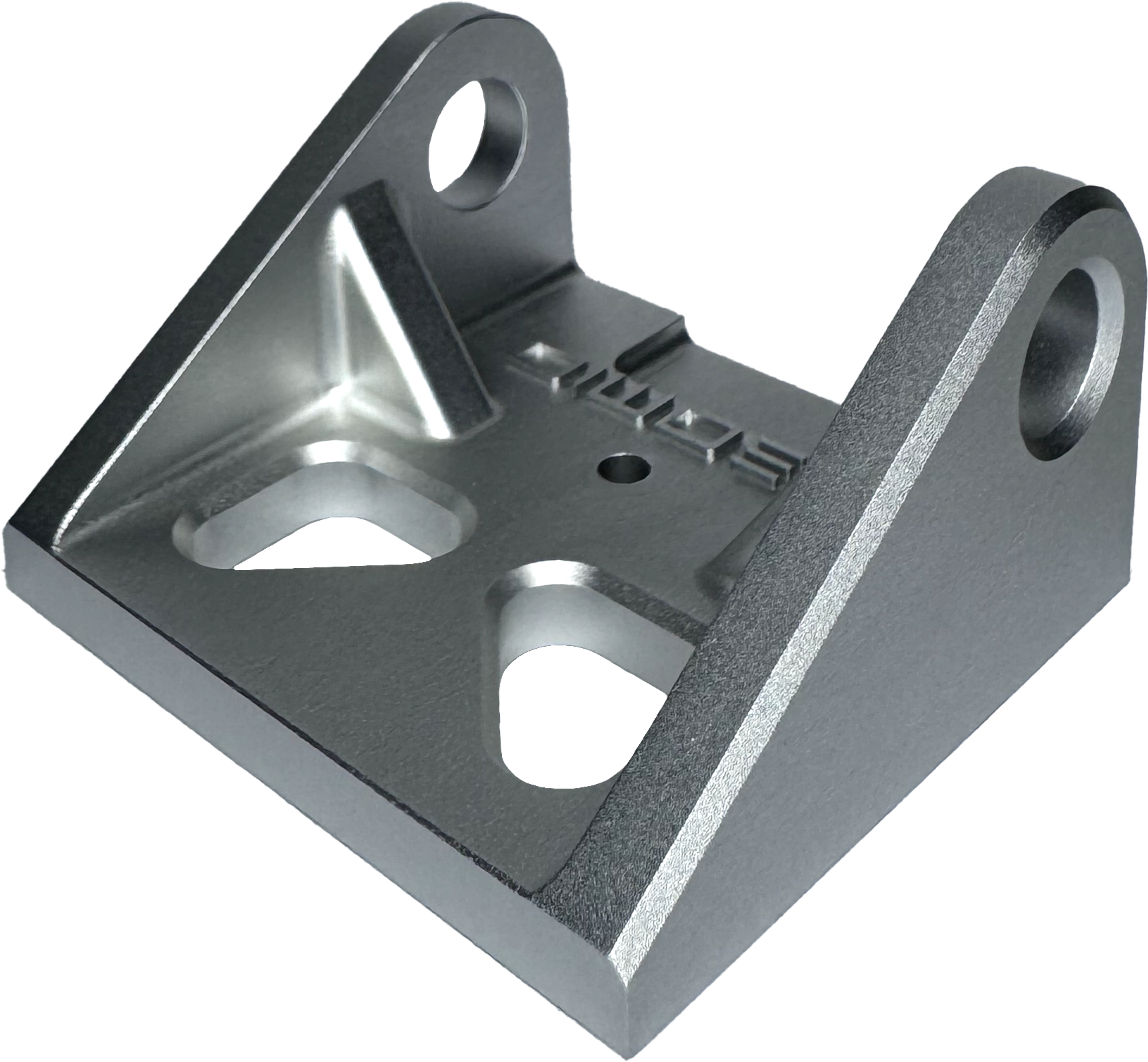
Removes light machining marks and leaves medium-soft texture
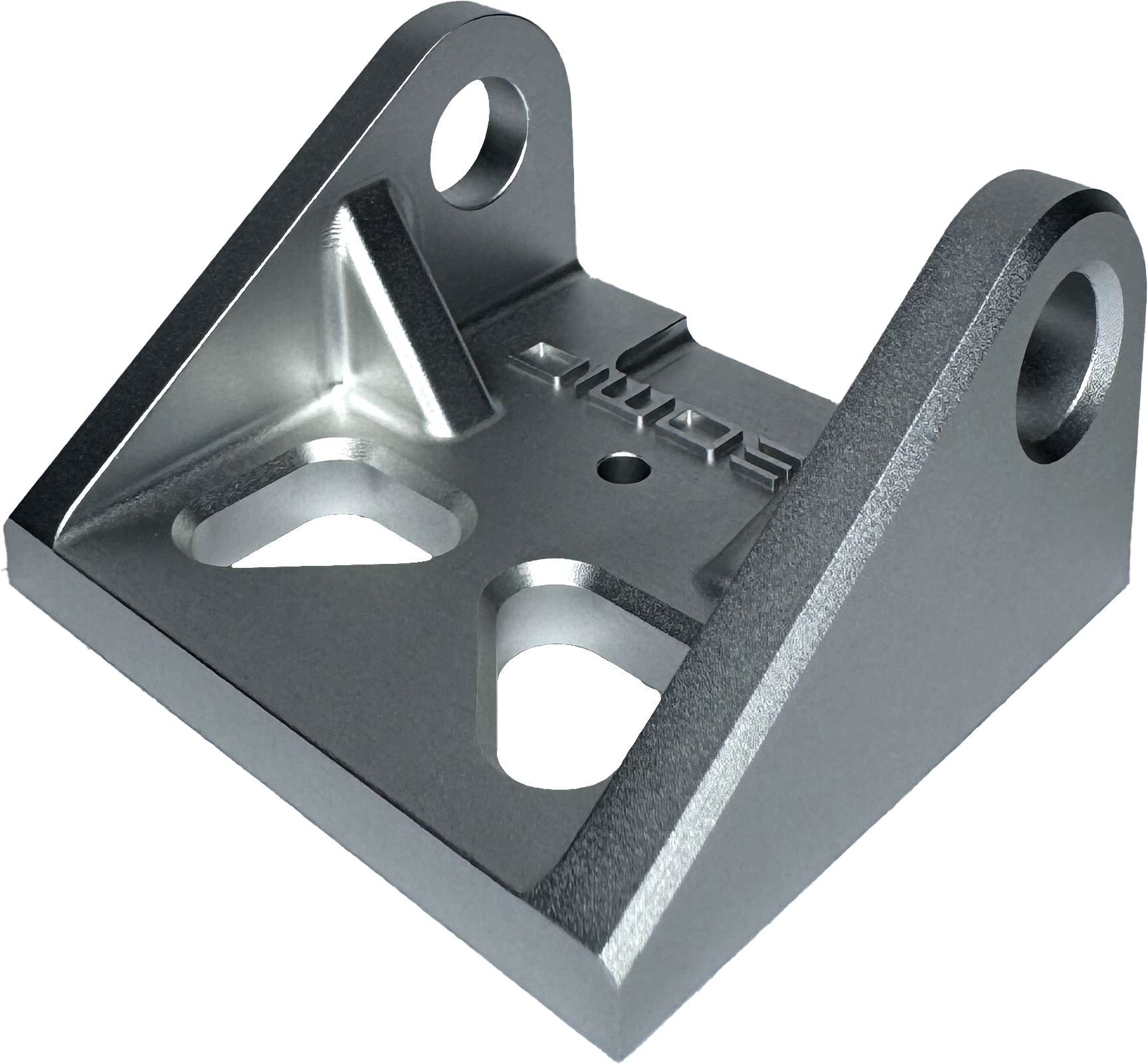
Removes light machining marks and leaves soft texture
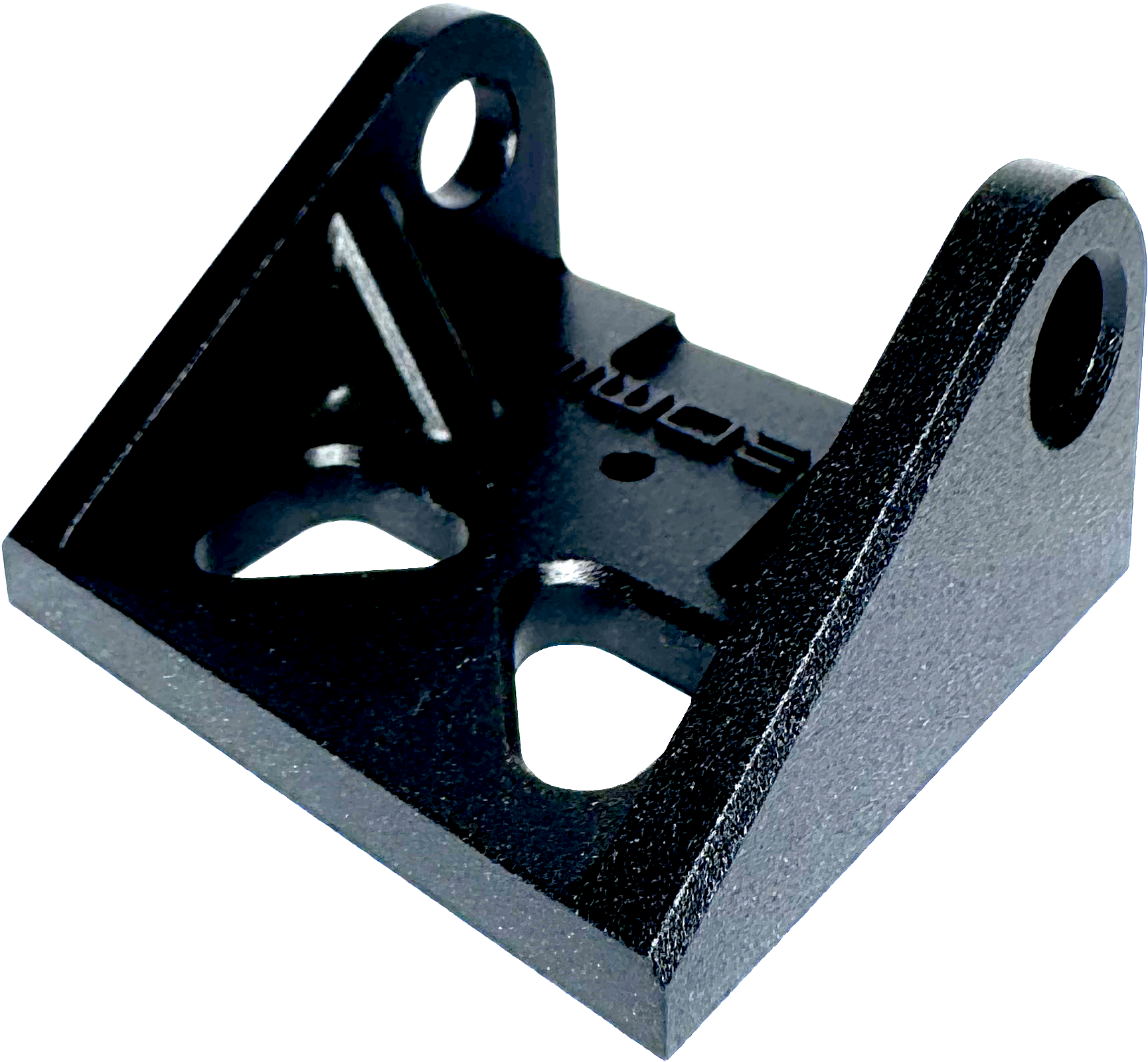
Removes all machining marks and leaves heavy texture
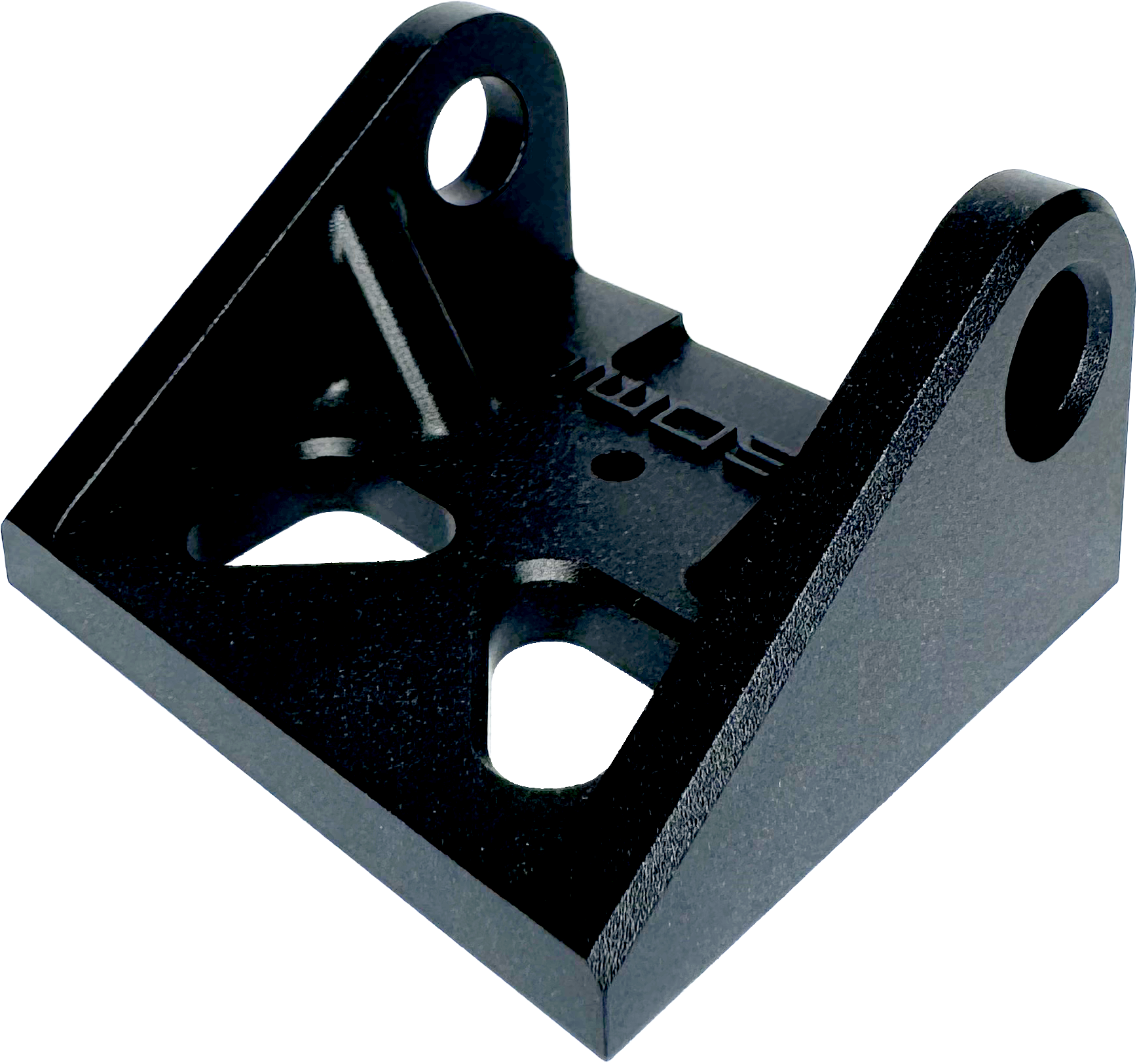
Removes all machining marks and leaves heavy texture
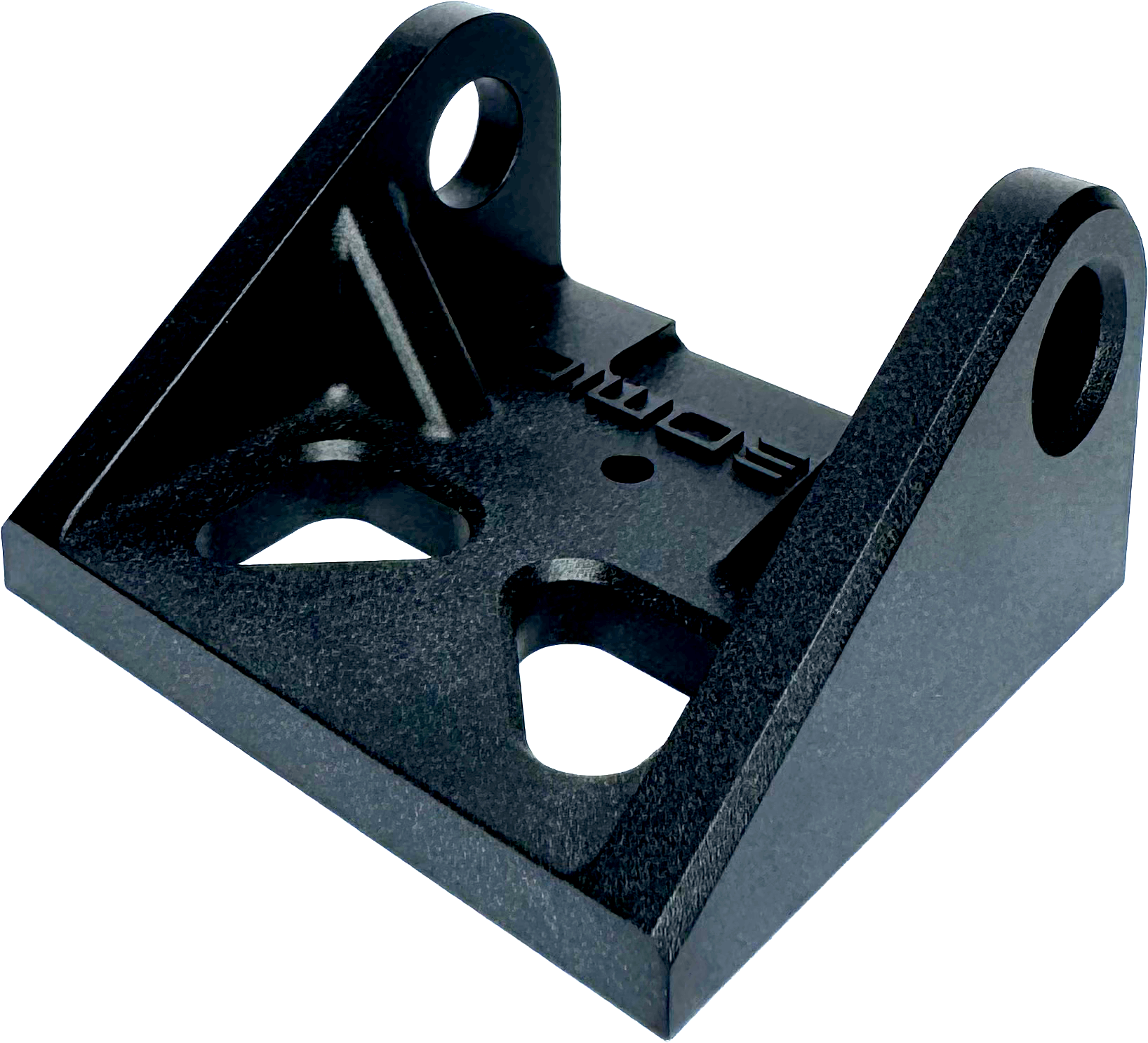
Removes all machining marks and leaves medium texture
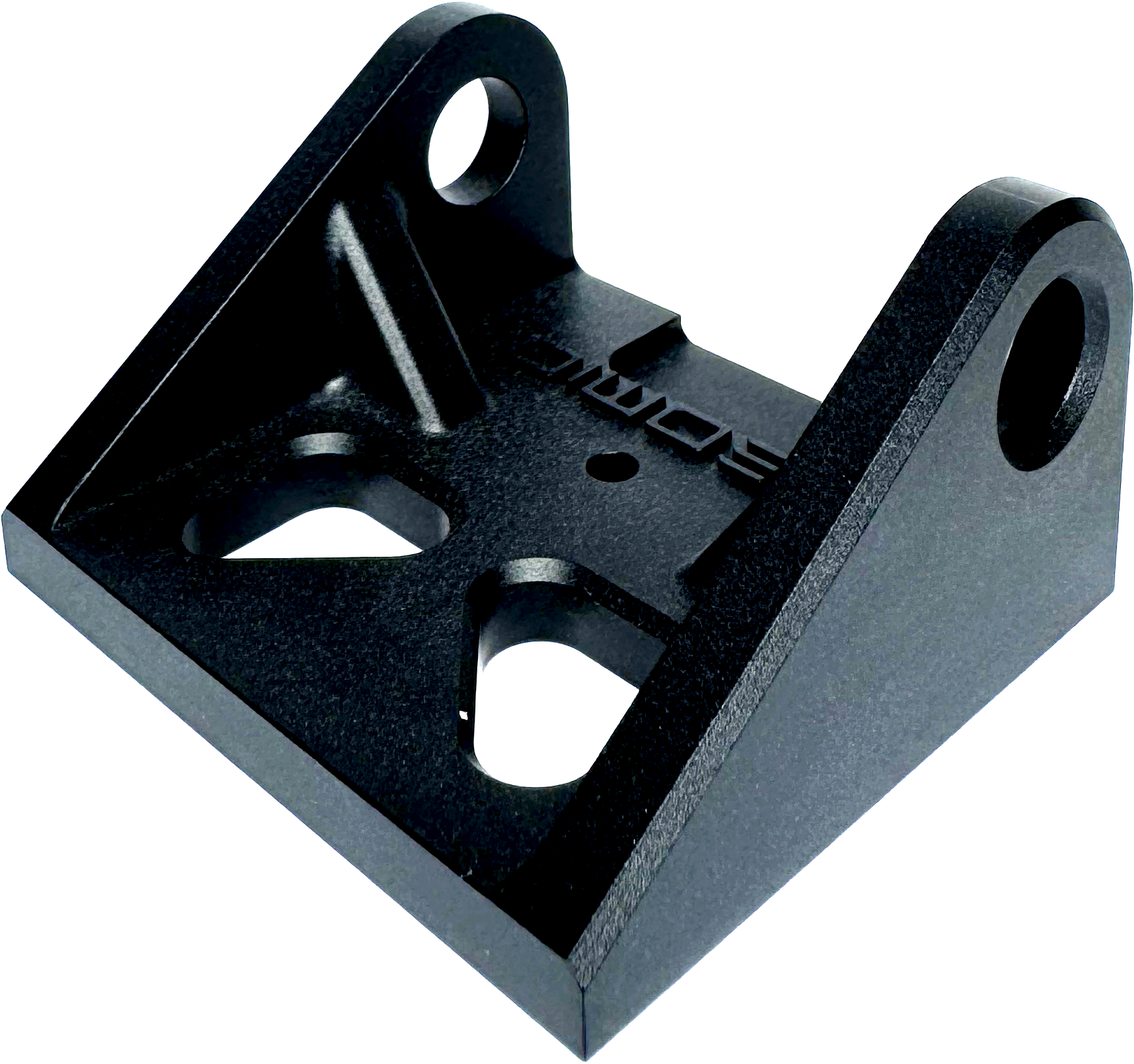
(Most common) Removes all machining marks & medium texture
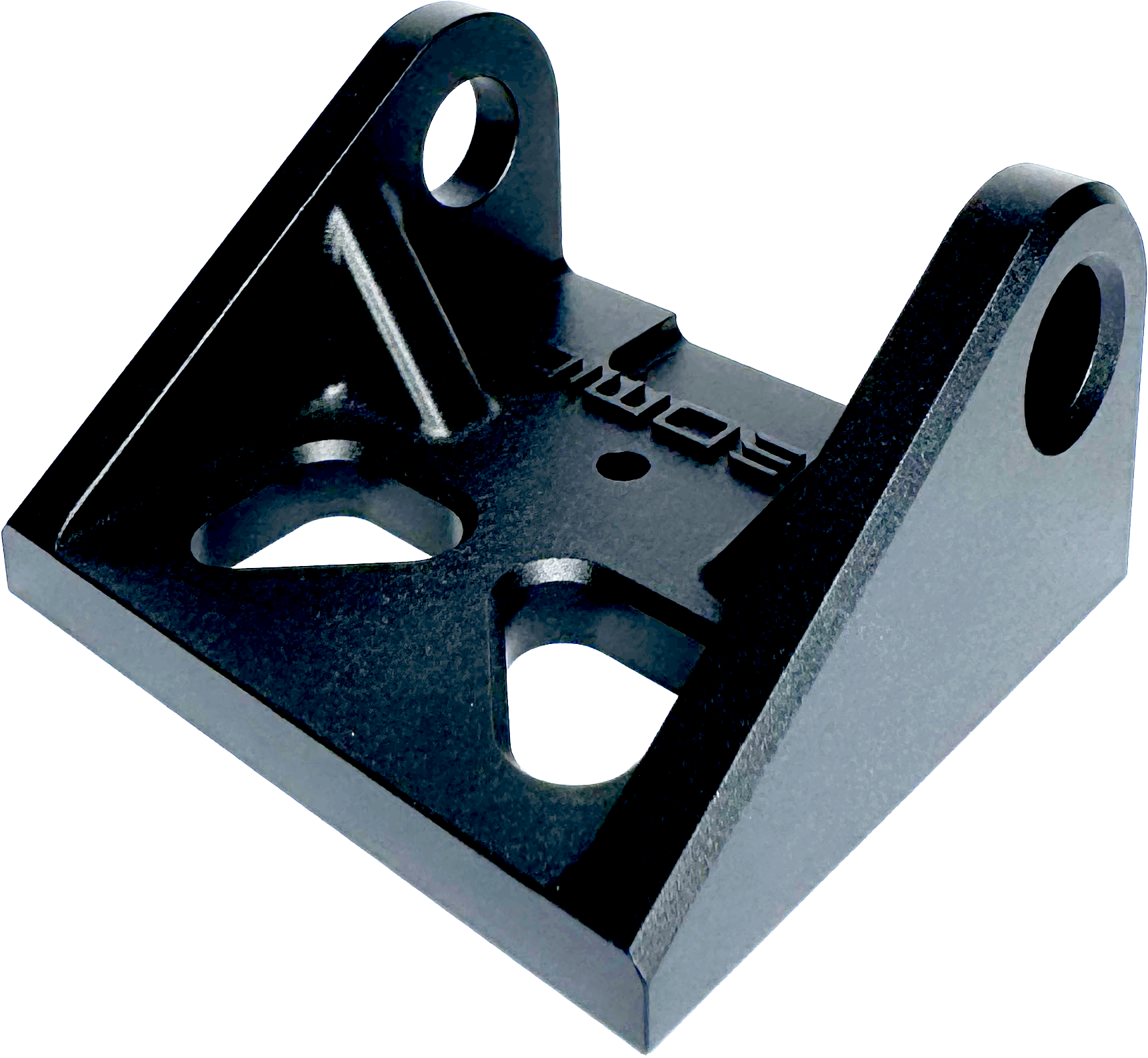
Removes most machining marks and leaves medium texture
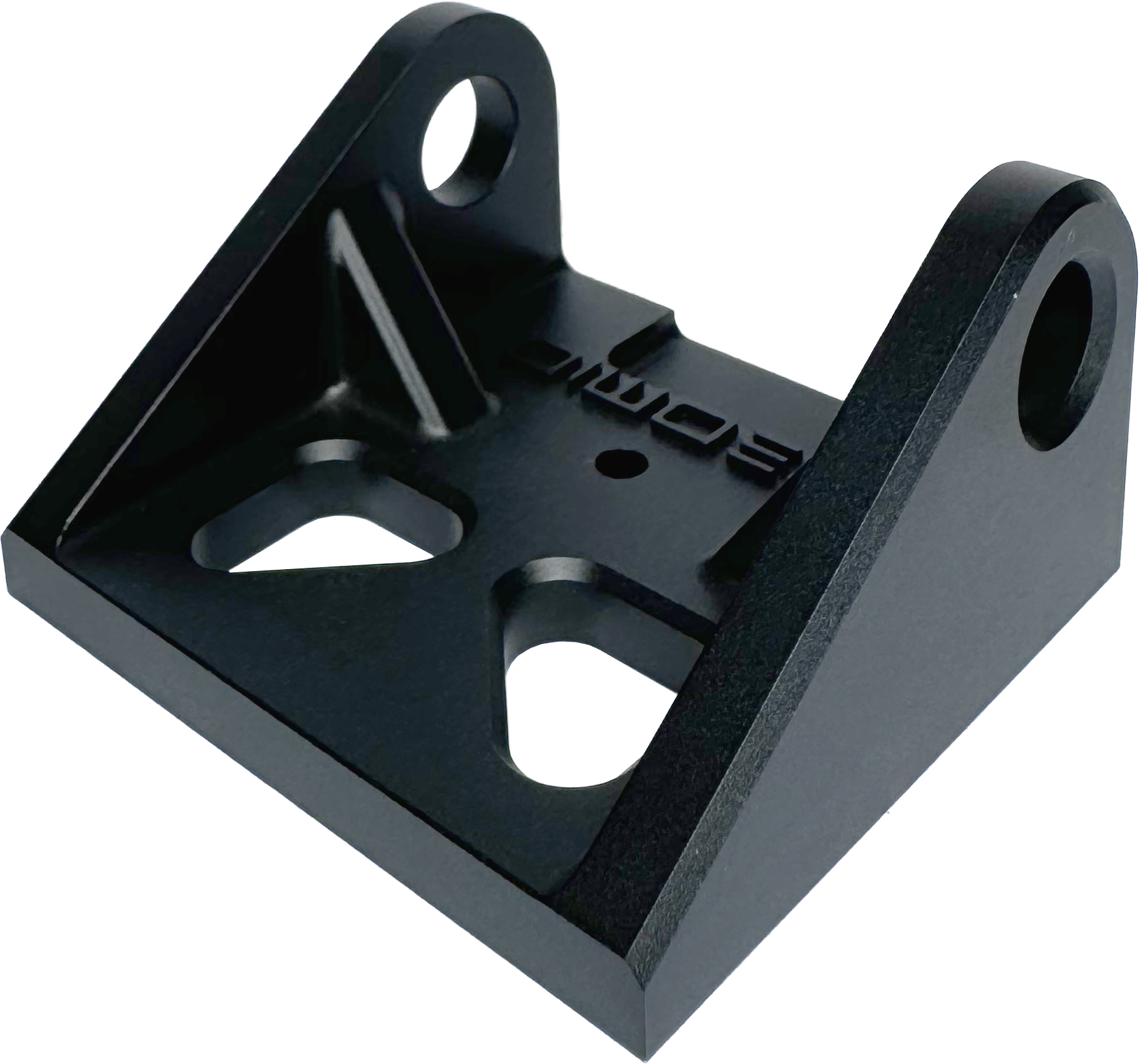
Removes medium machining marks and leaves medium-soft texture
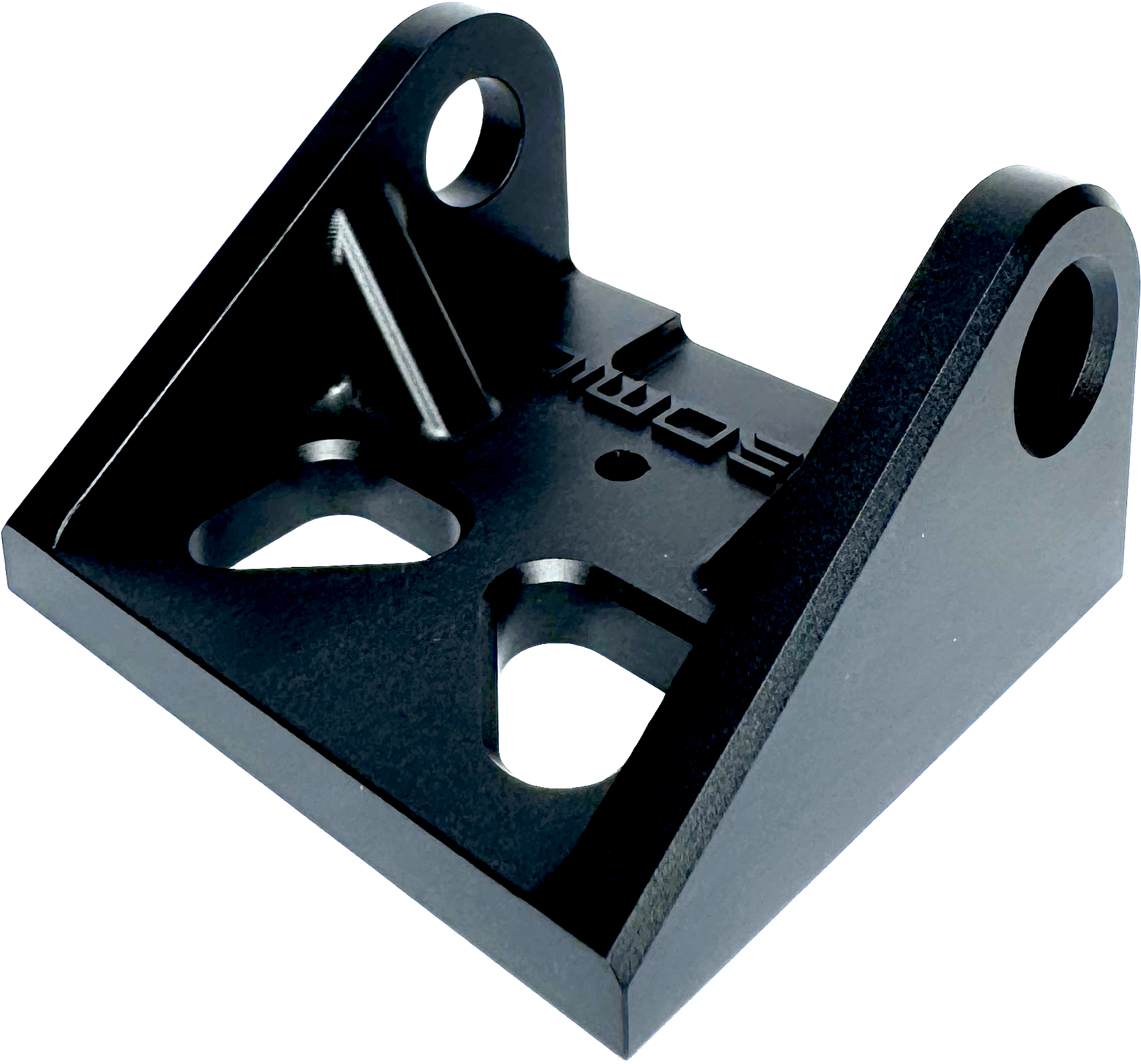
Removes light machining marks and leaves medium-soft texture
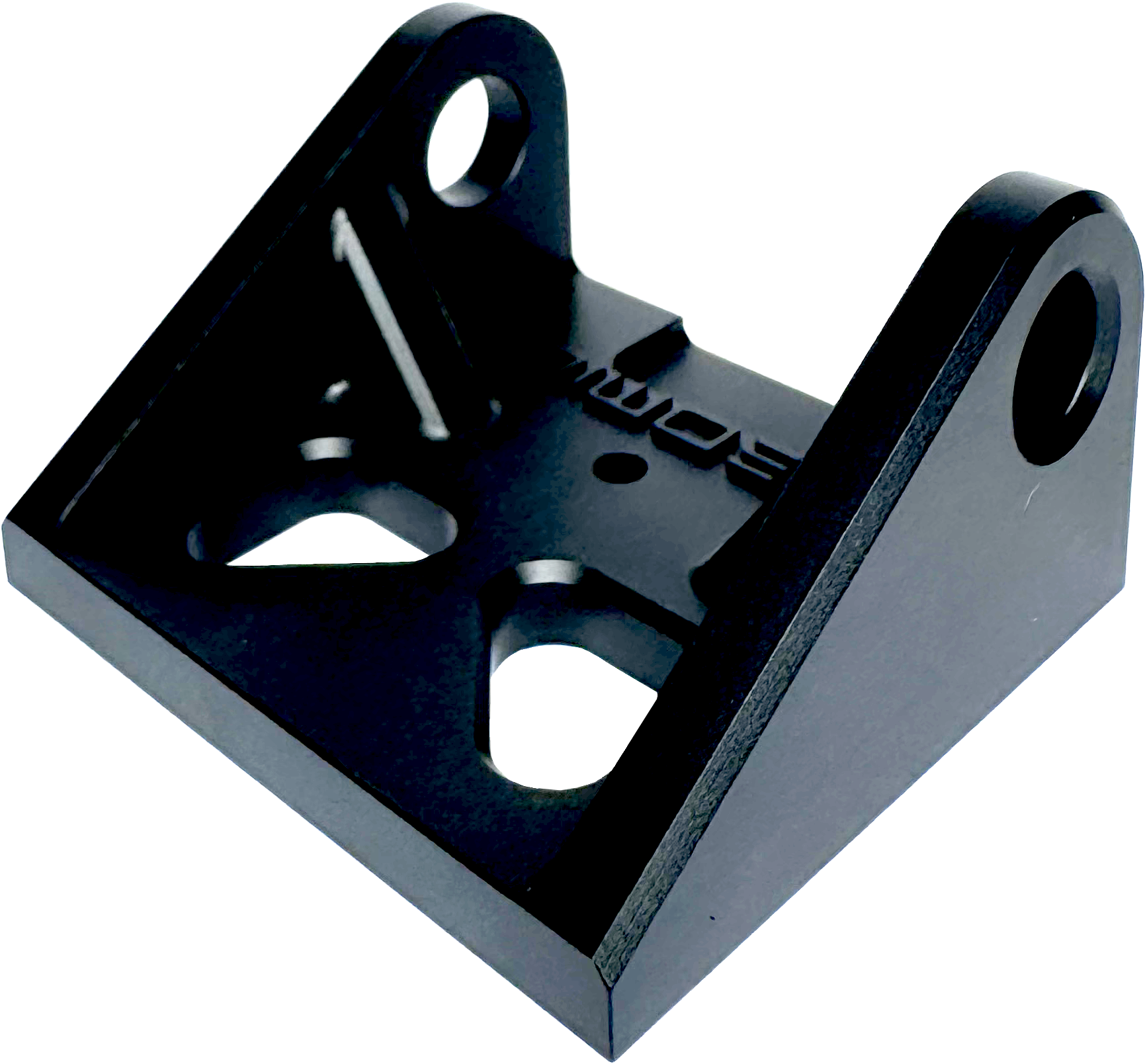
Removes light machining marks and leaves soft texture
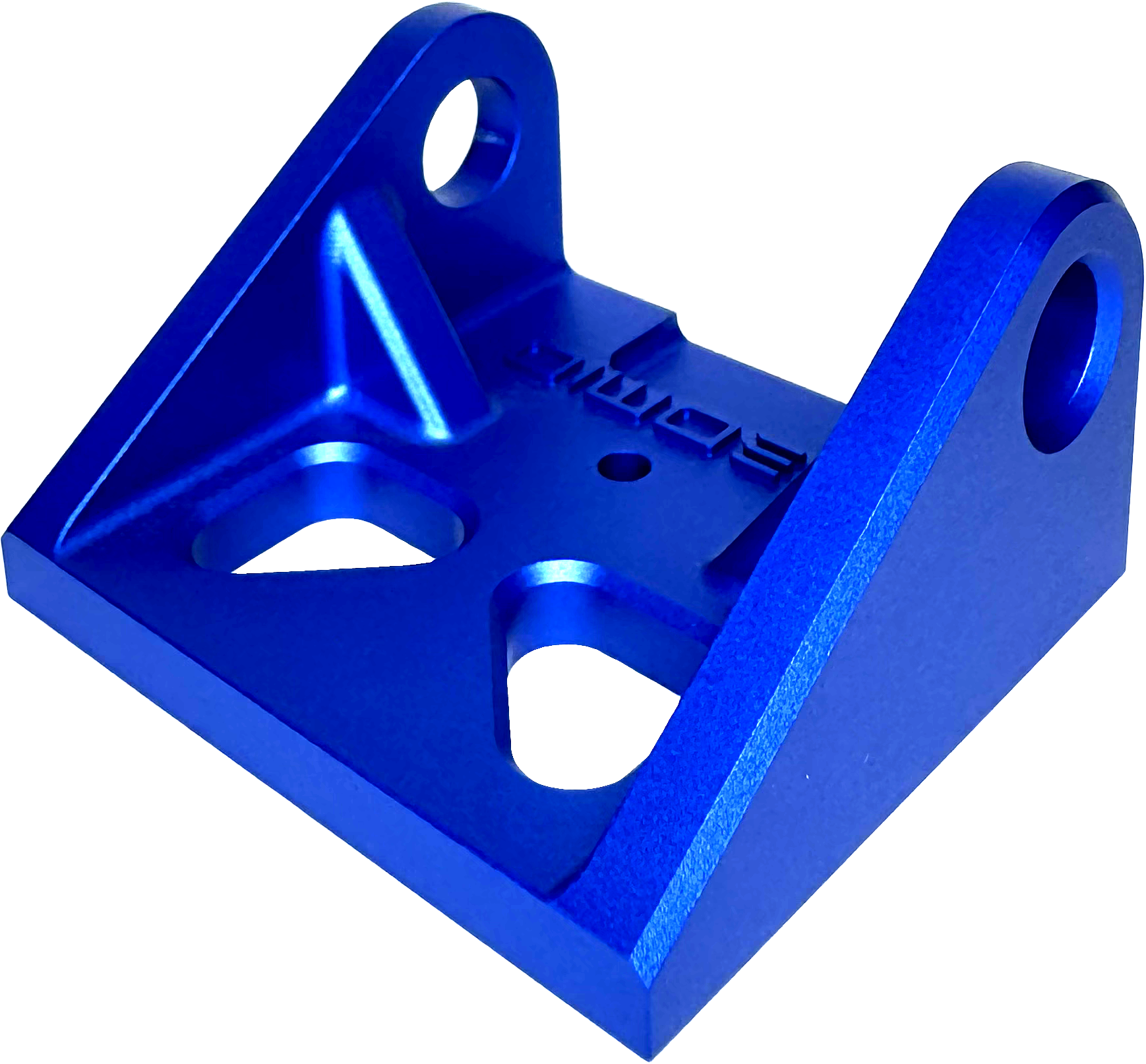
Removes all machining marks & medium texture with added blue dye
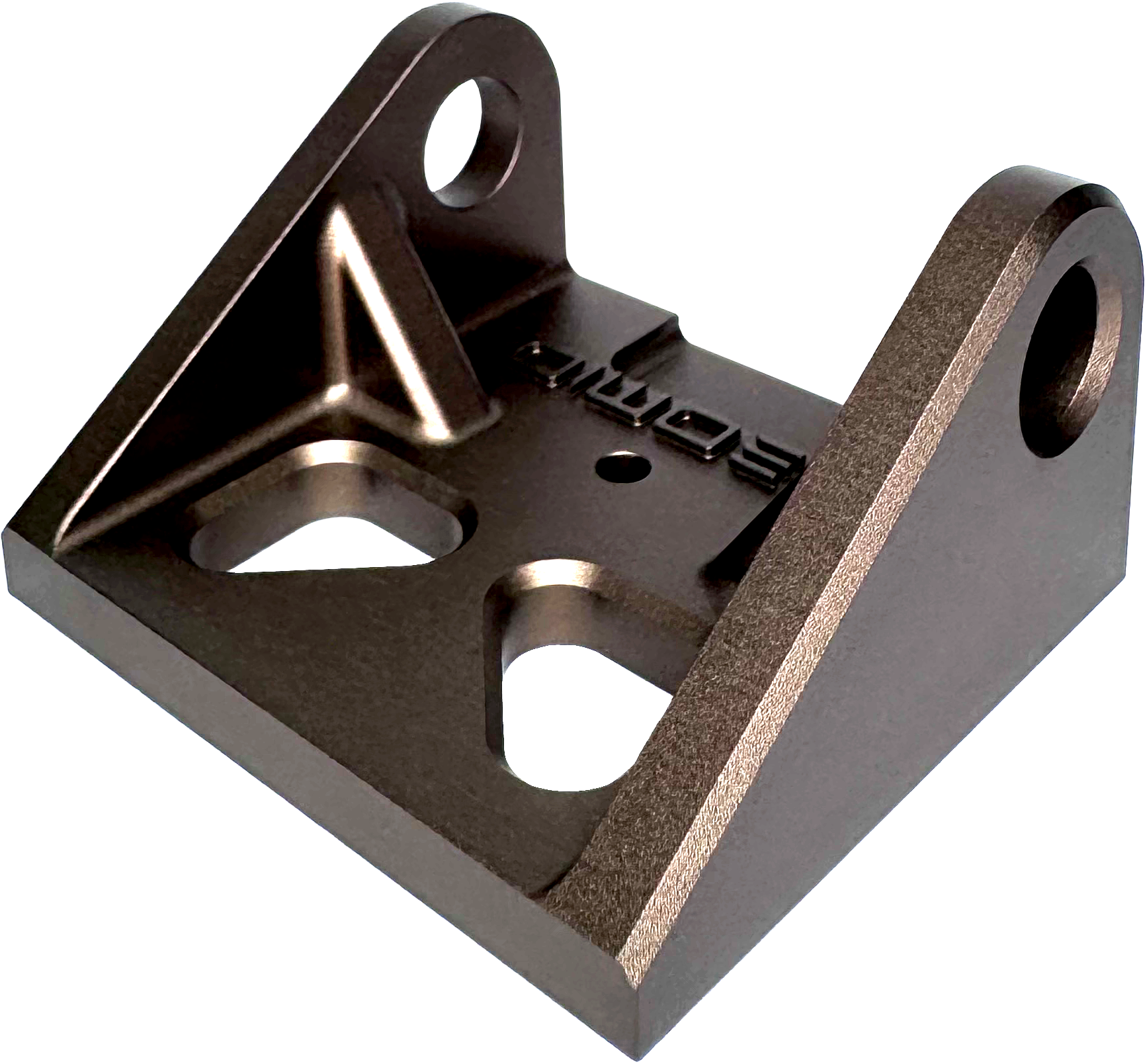
Removes all machining marks & medium texture with bronze dye
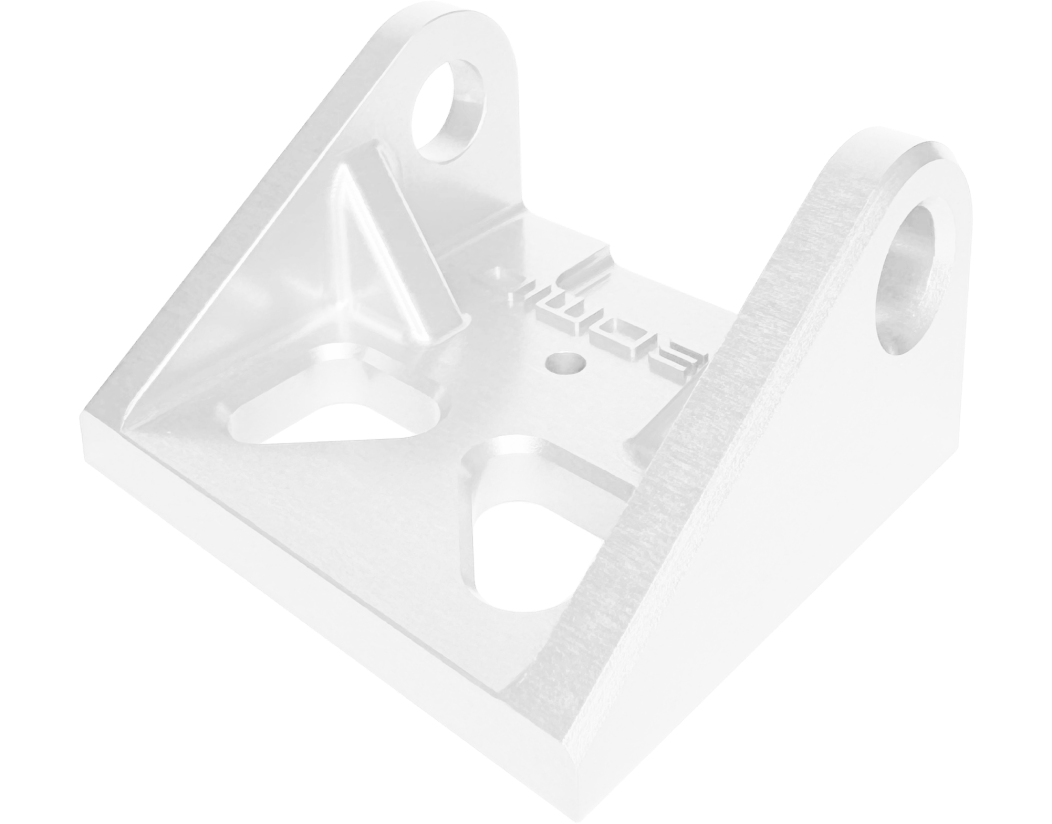
Typically used as a pre-treatment process, chromate conversion coating is a great option to prime surfaces before anodising. The below parts have had chromate conversion coating and then been type 2 sulphuric anodised, with additional colour dyes.
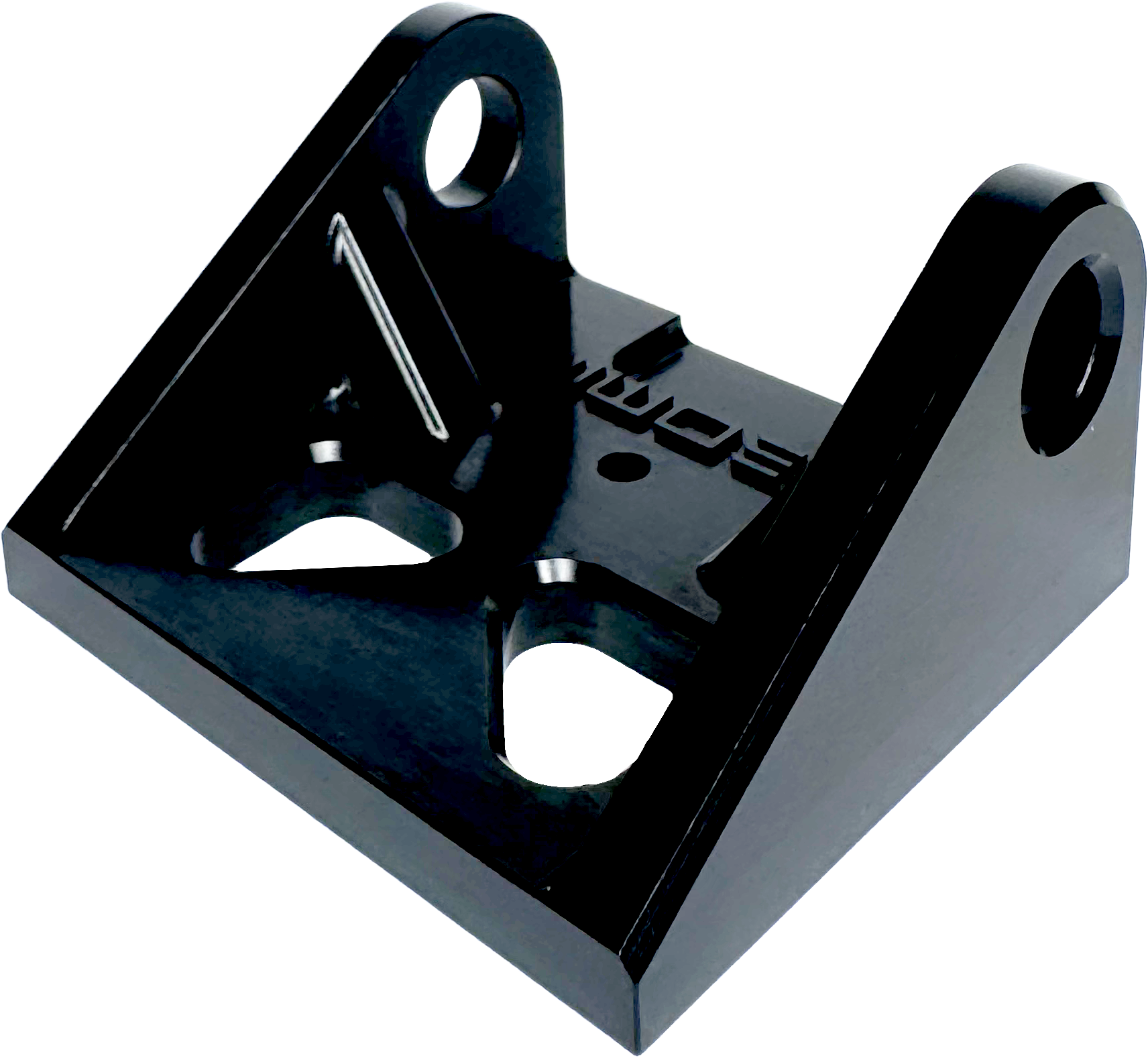
Slightly grainy appearance from the conversion coating with added dye
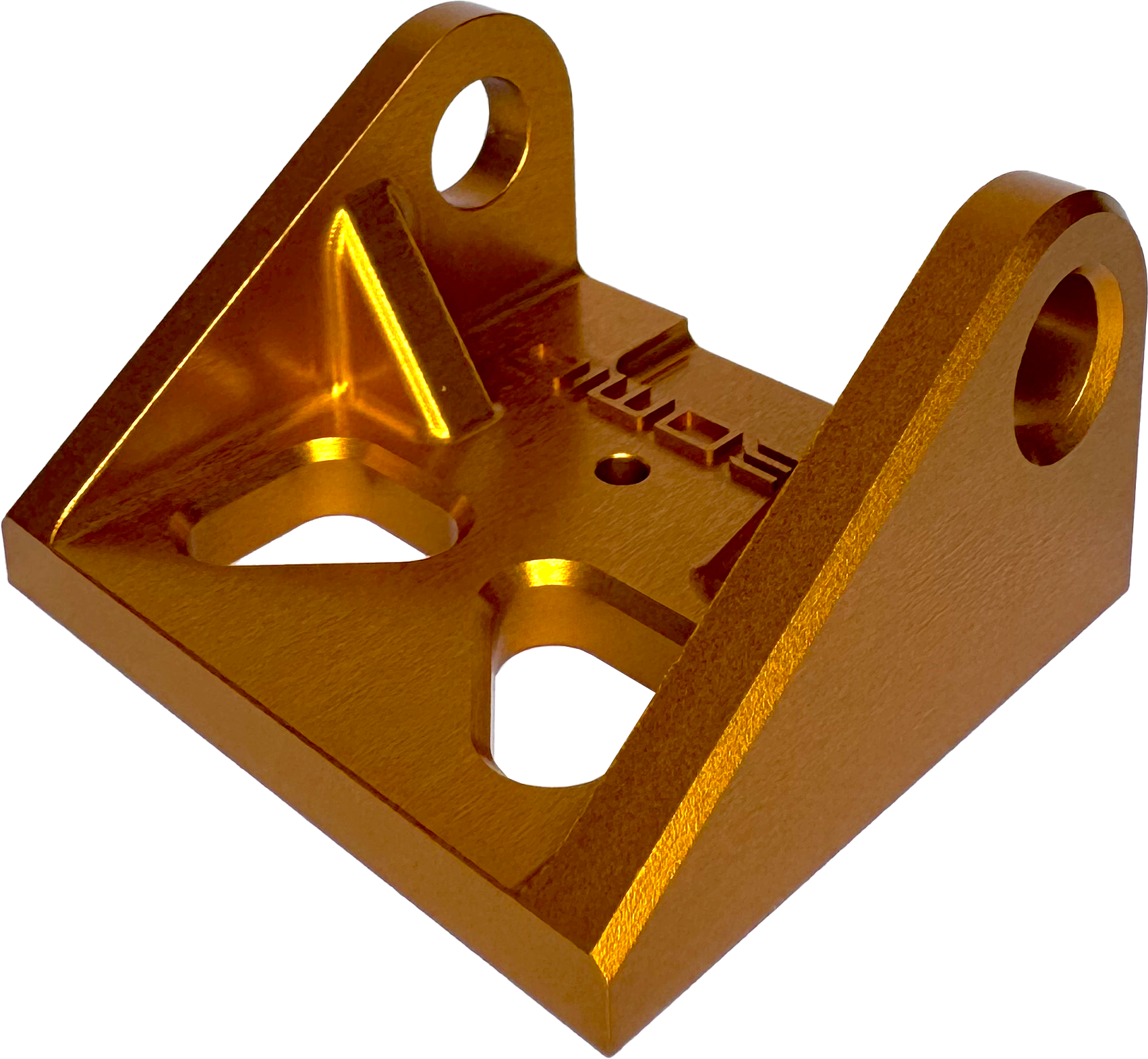
Slightly grainy appearance from the conversion coating with added dye
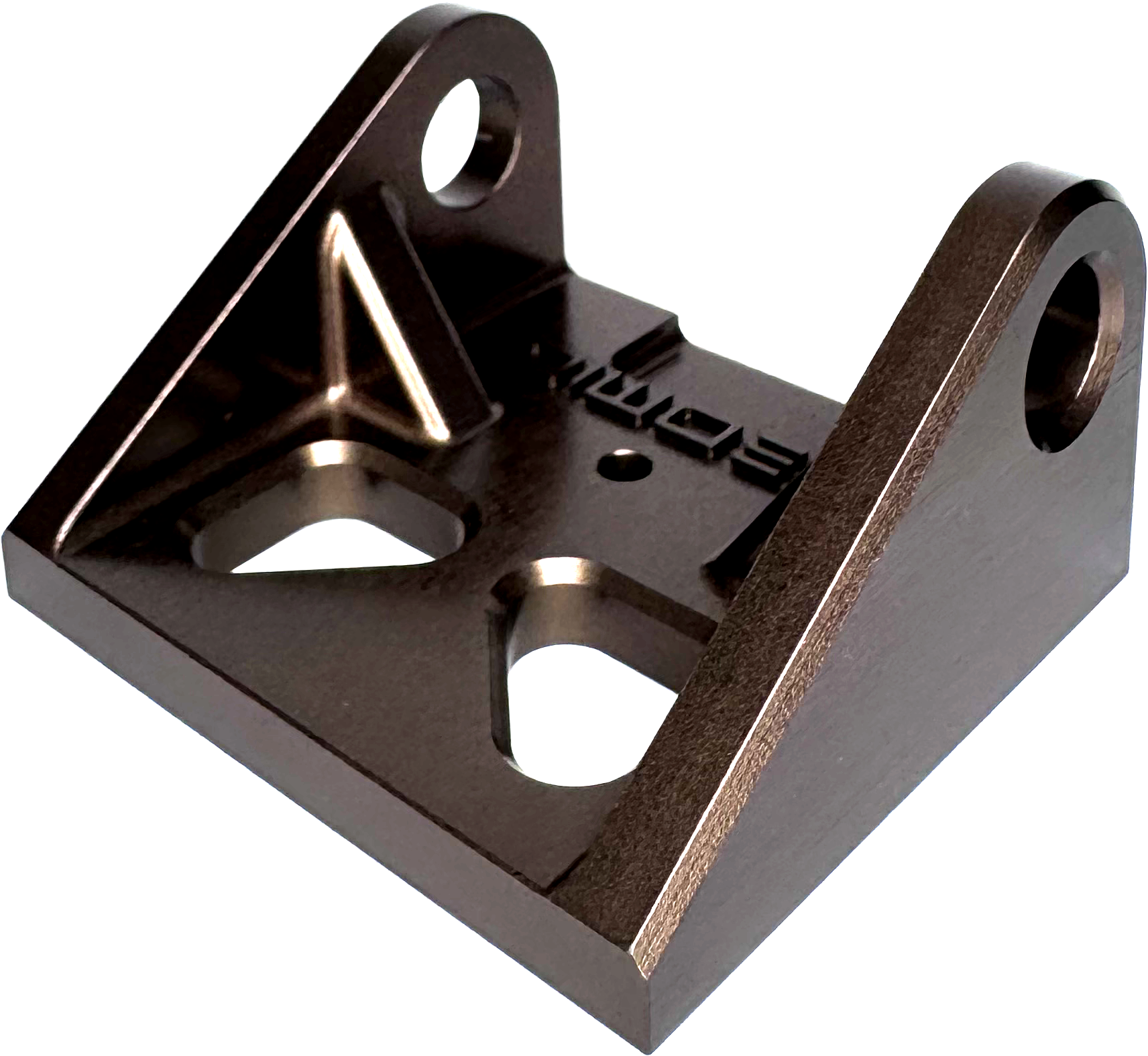
Slightly grainy appearance from the conversion coating with added dye
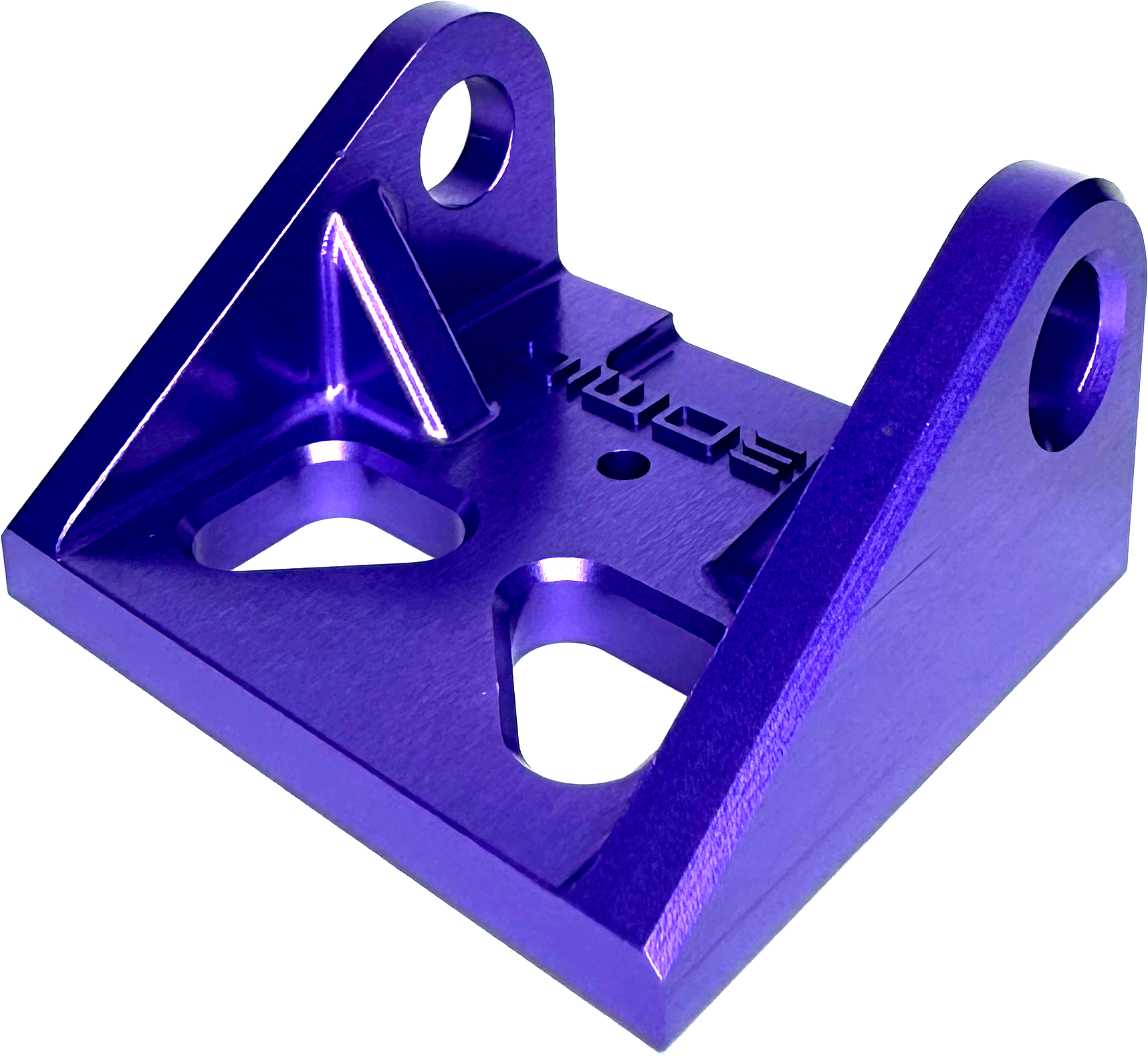
Visible tooling marks and light surface scratches.
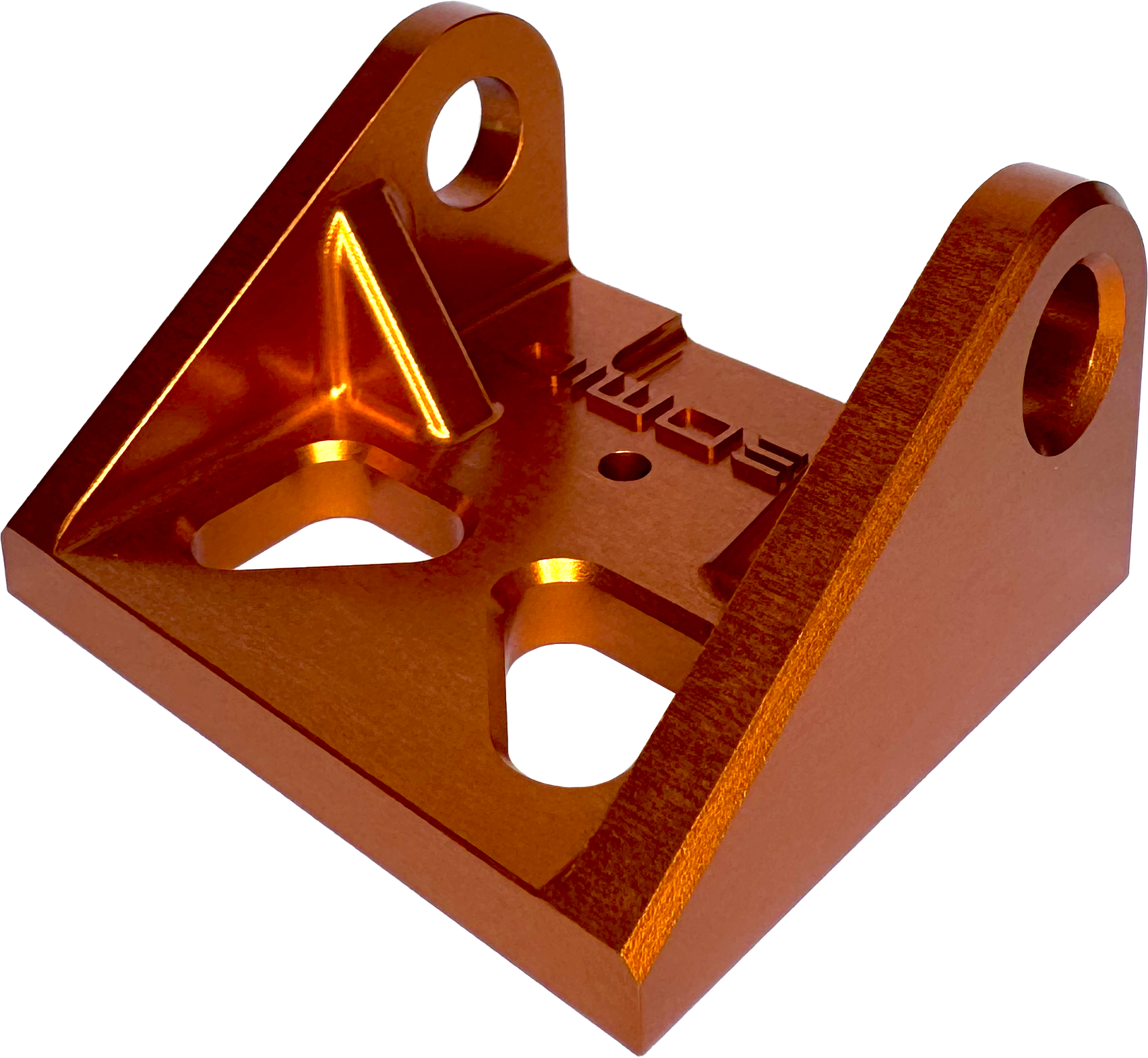
Slightly grainy appearance from the conversion coating with added dye

Black, Grey or colour matched Hard Anodising with the ability to specify exact coating thickness up to 100µm including PTFE coated Hard anodising.
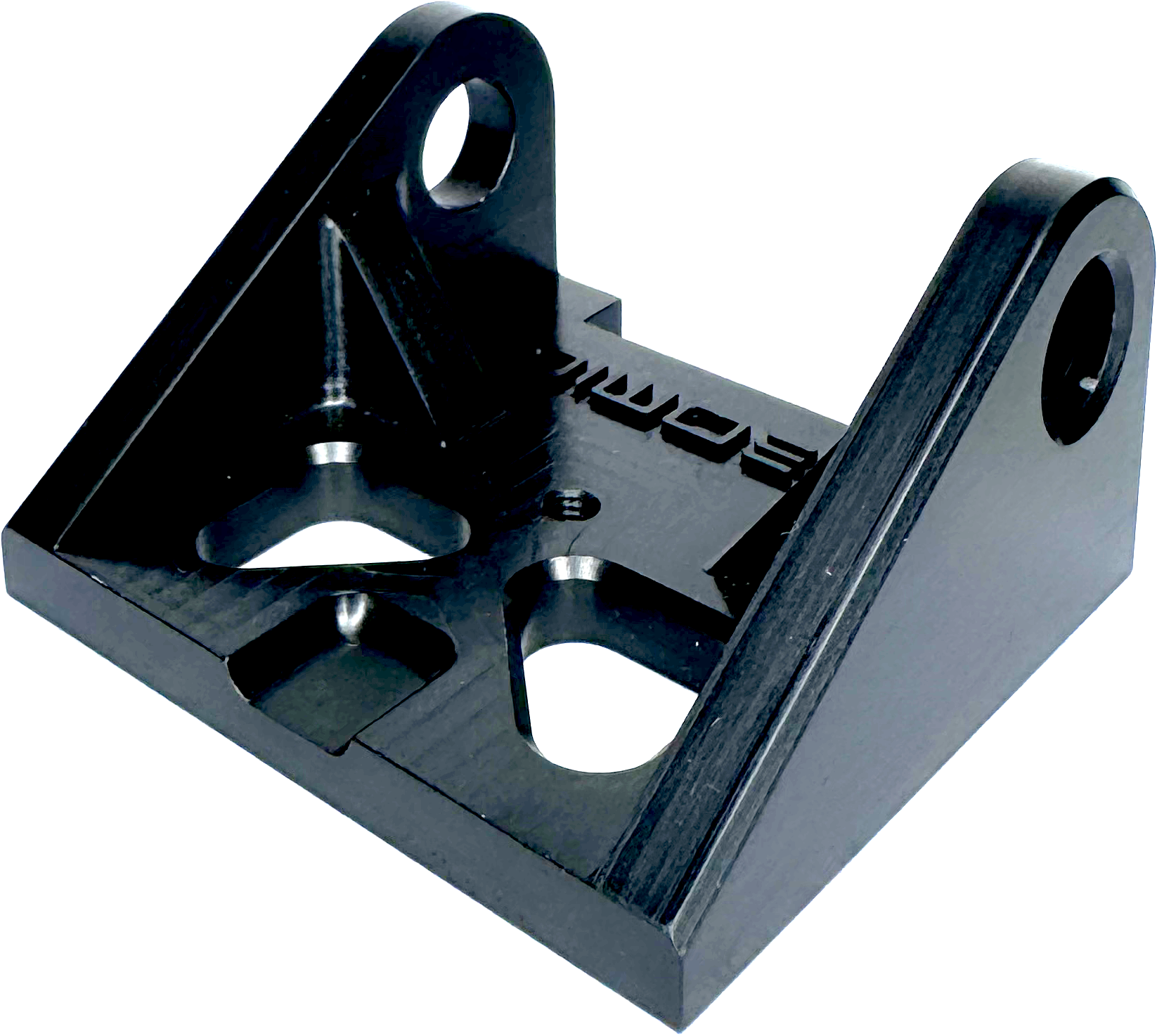
Visible tooling marks or parts can be seen or you can bead blast to create a matte appearance. Slightly grainy appearance from the hard anodising
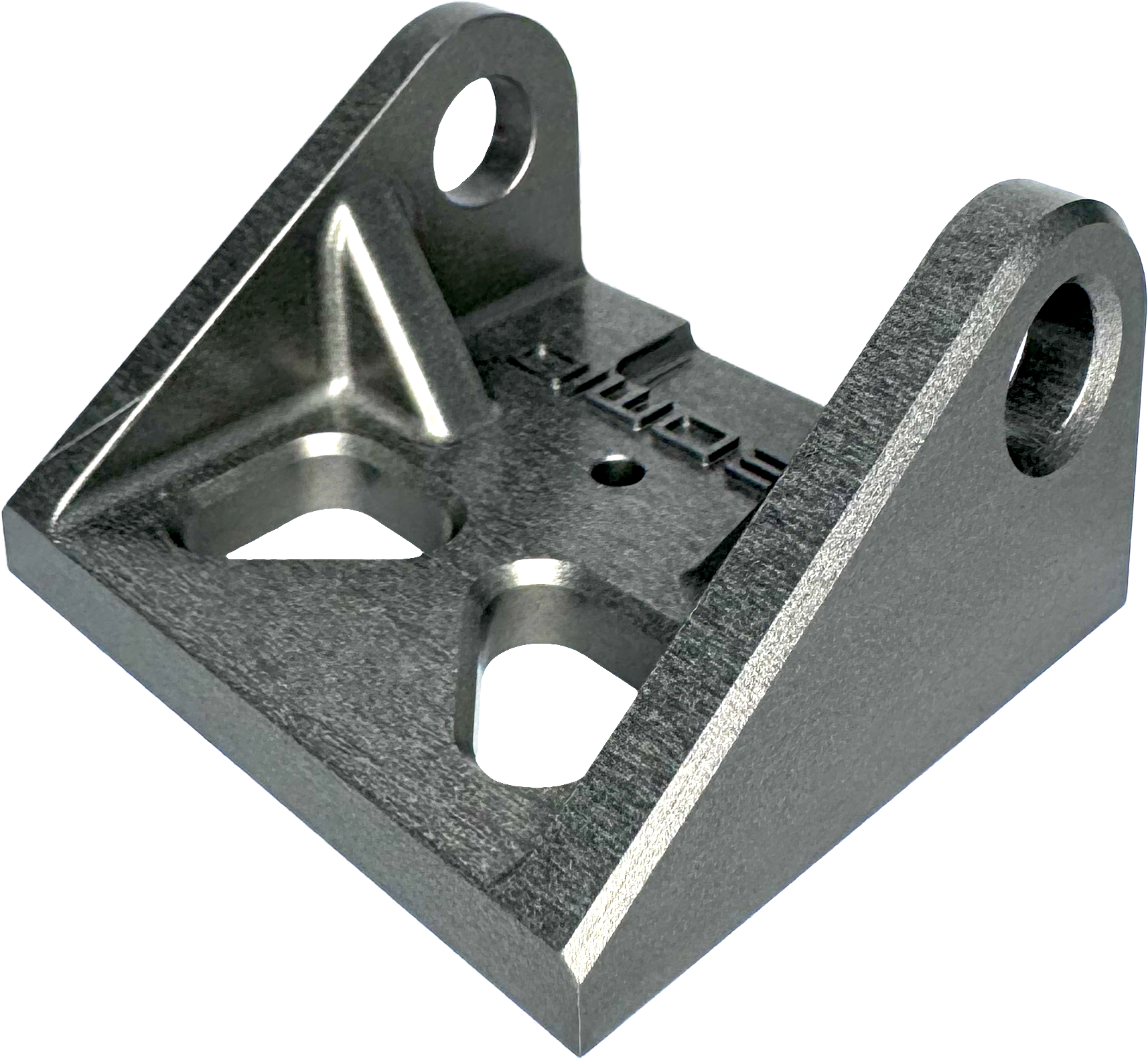
Visible tooling marks or parts can be seen or you can bead blast to create a matte appearance. Slightly grainy appearance from the hard anodising

We also offer Surtec 650, 650V, Electropolishing, Brightening, Iridite NCP, Passivating and Chemical Blackening (Black Oxide coating).
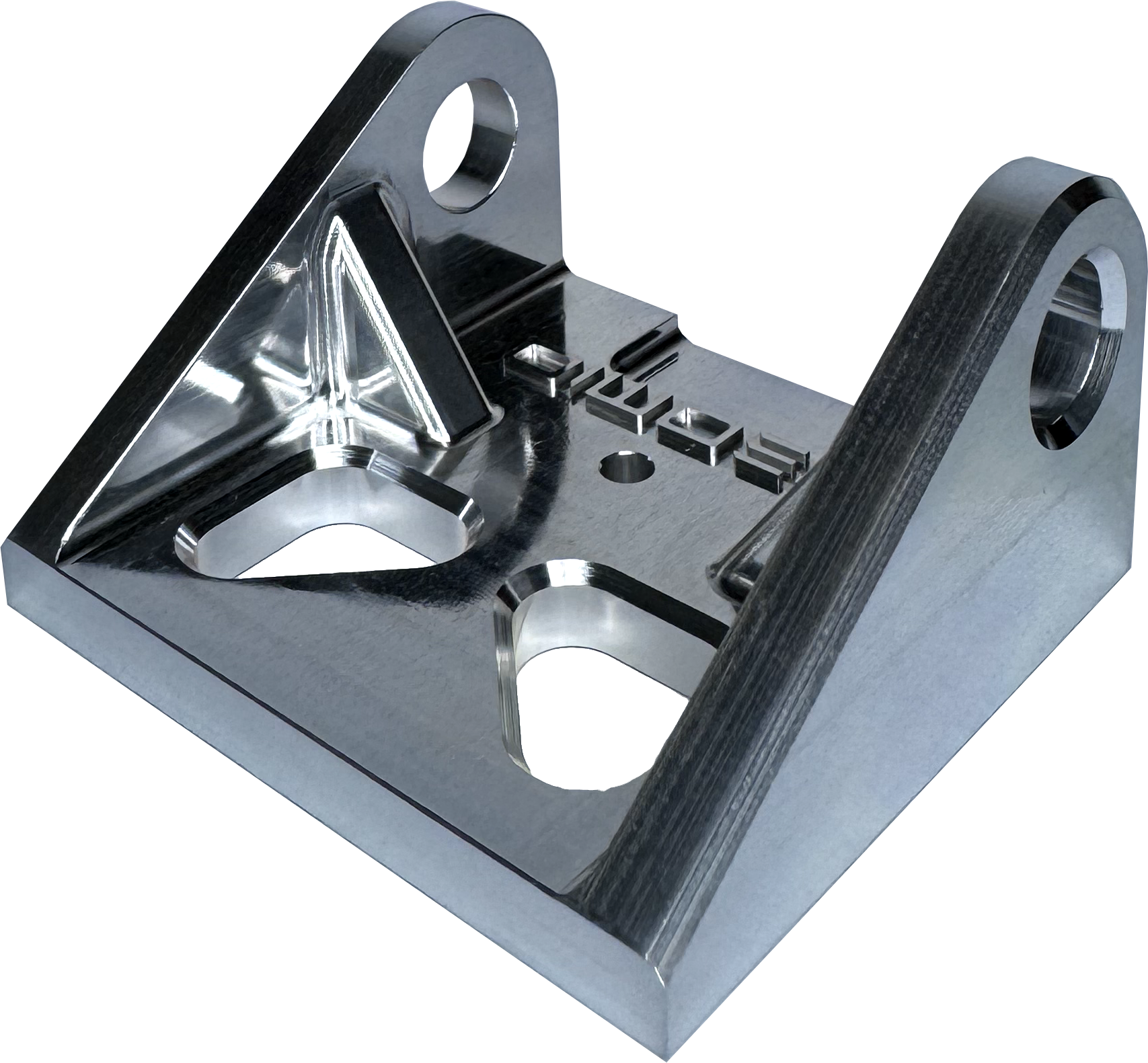
Creates shine and smooths the outside surface of a part by levelling any peaks or burrs. Also increases corrosion resistance
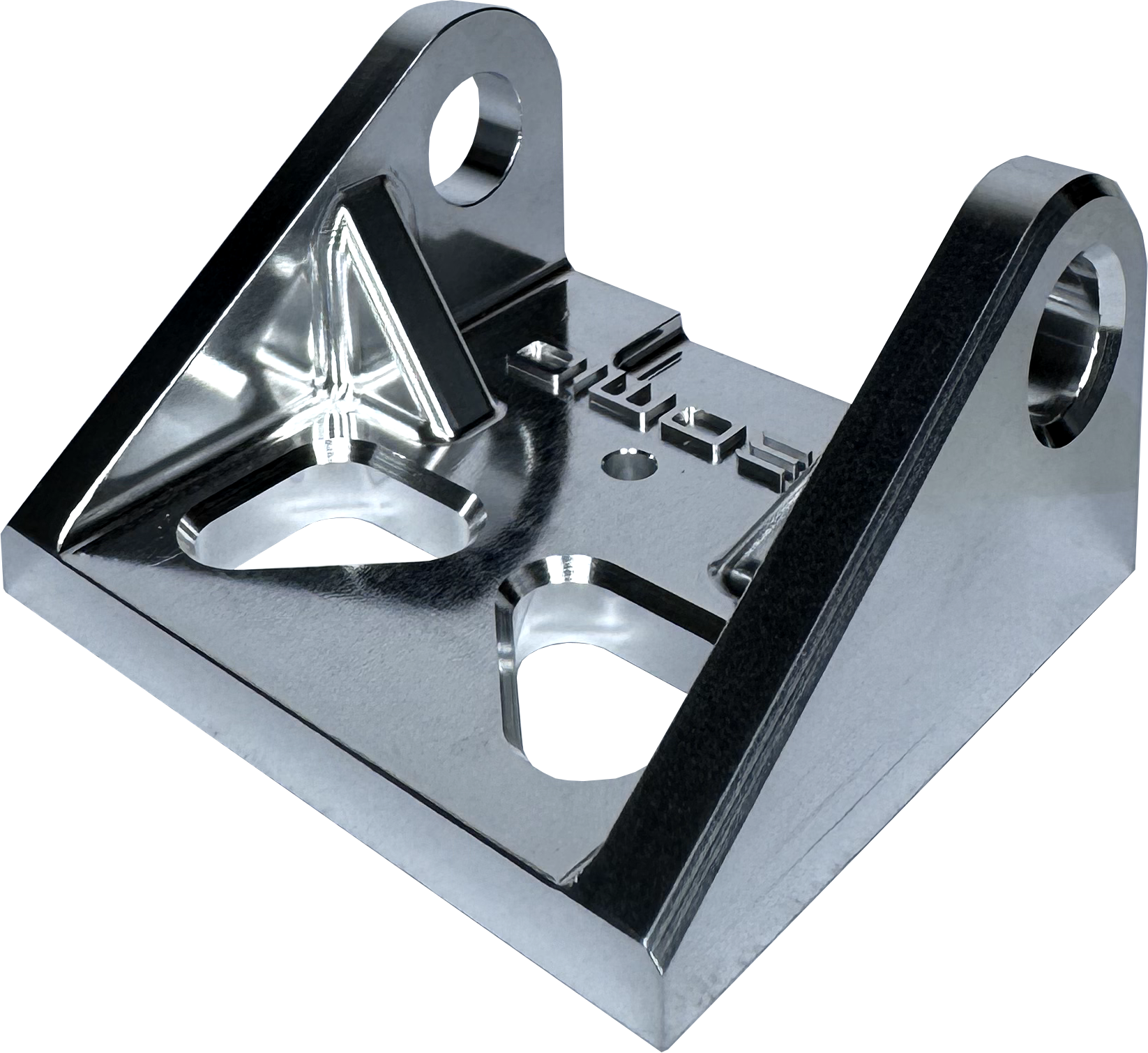
Excellent corrosion resistance, adhesion promotion and non-toxic
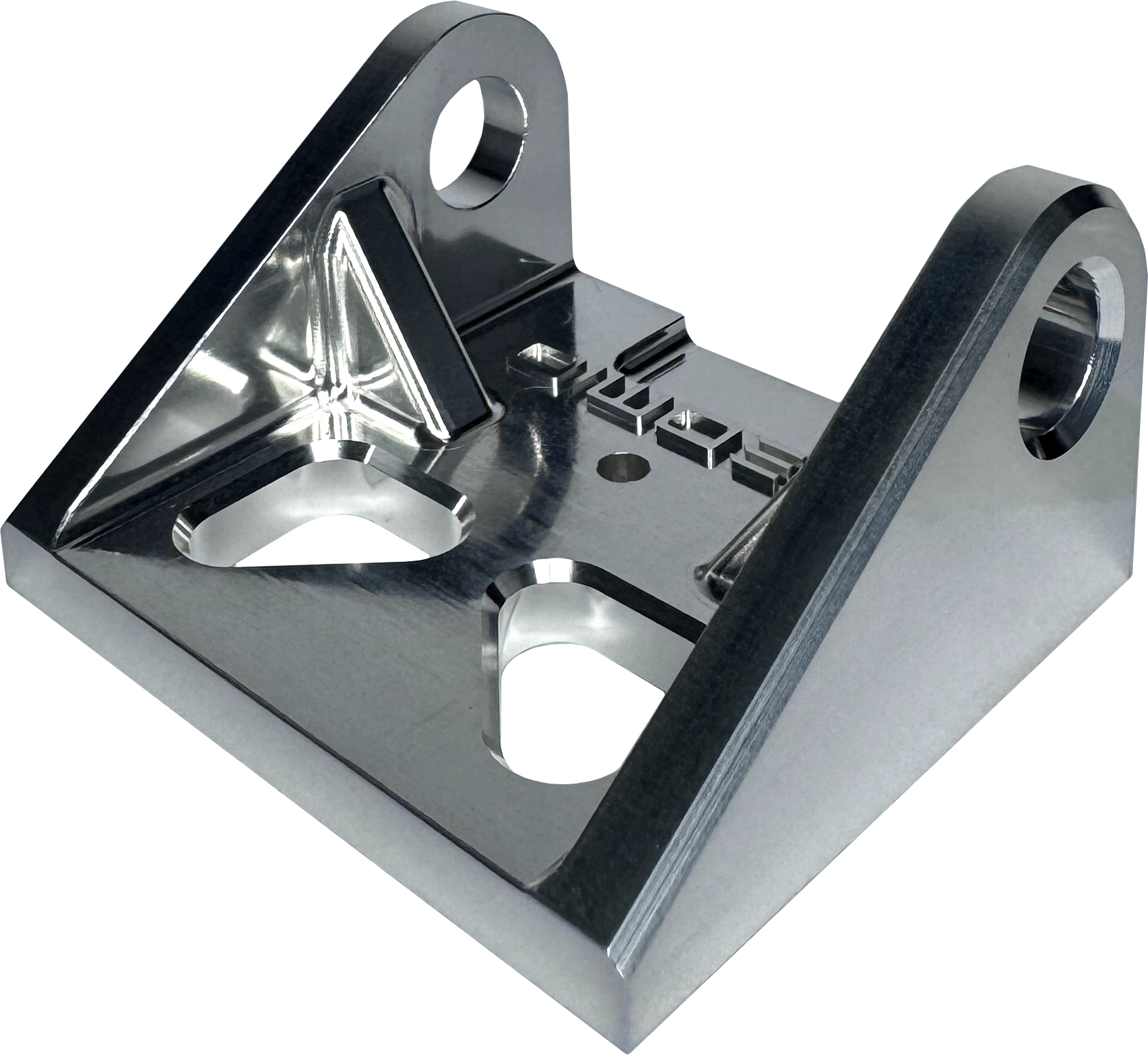
Increases the corrosion resistance by removing surface contamination and adding a micro coating to the surface of the material
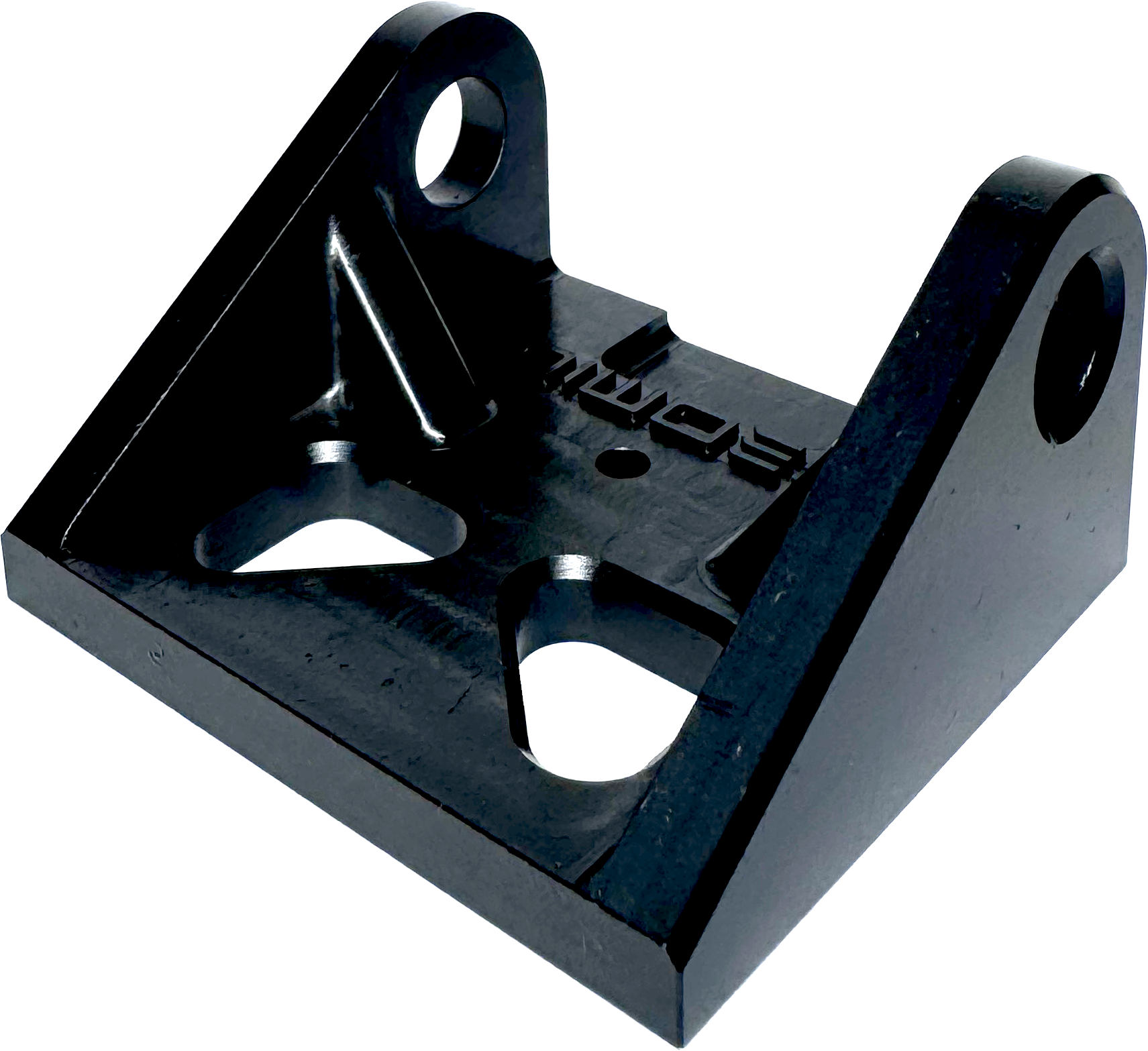
A durable coating that has a high level of wear resistance, corrosion resistance and can withstand harsh environmental conditions

A reflective and shiny surface that is often used to prepare parts before anodising
Mechanical finishes are typically for improving aesthetics or preparing a base material for an additional treatment.
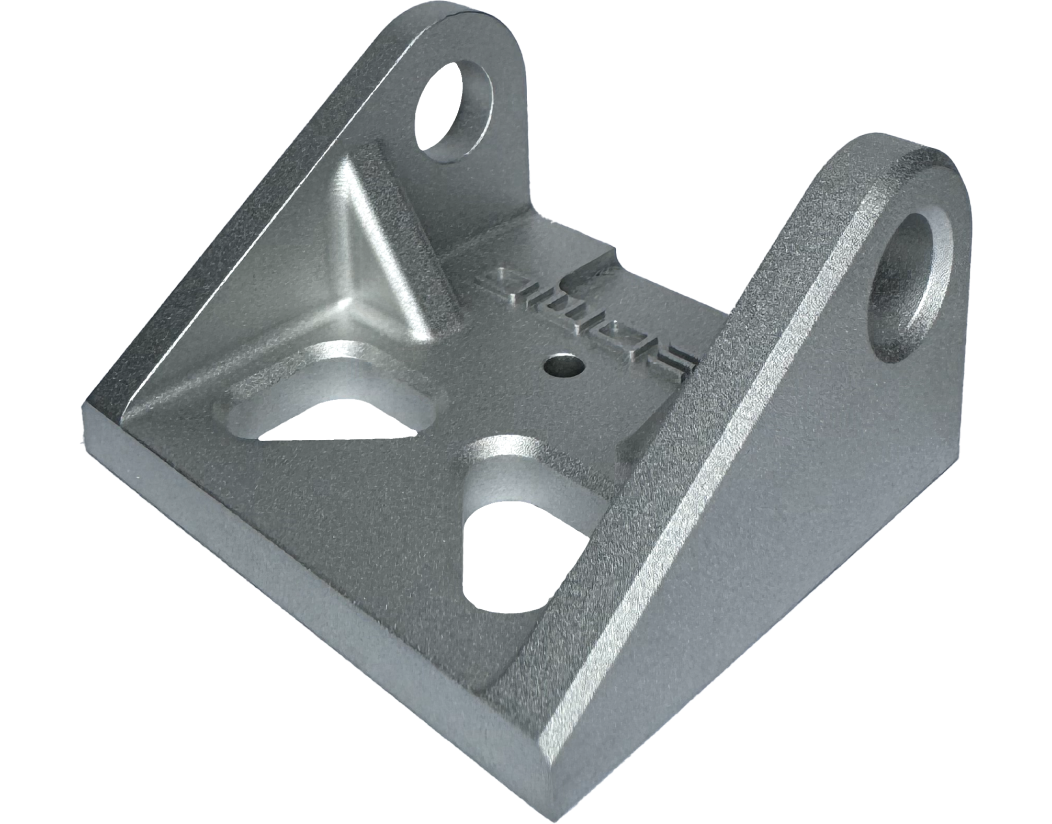
A wide range of bead blasting finishes, some are shown in the bead blasting and anodising section above
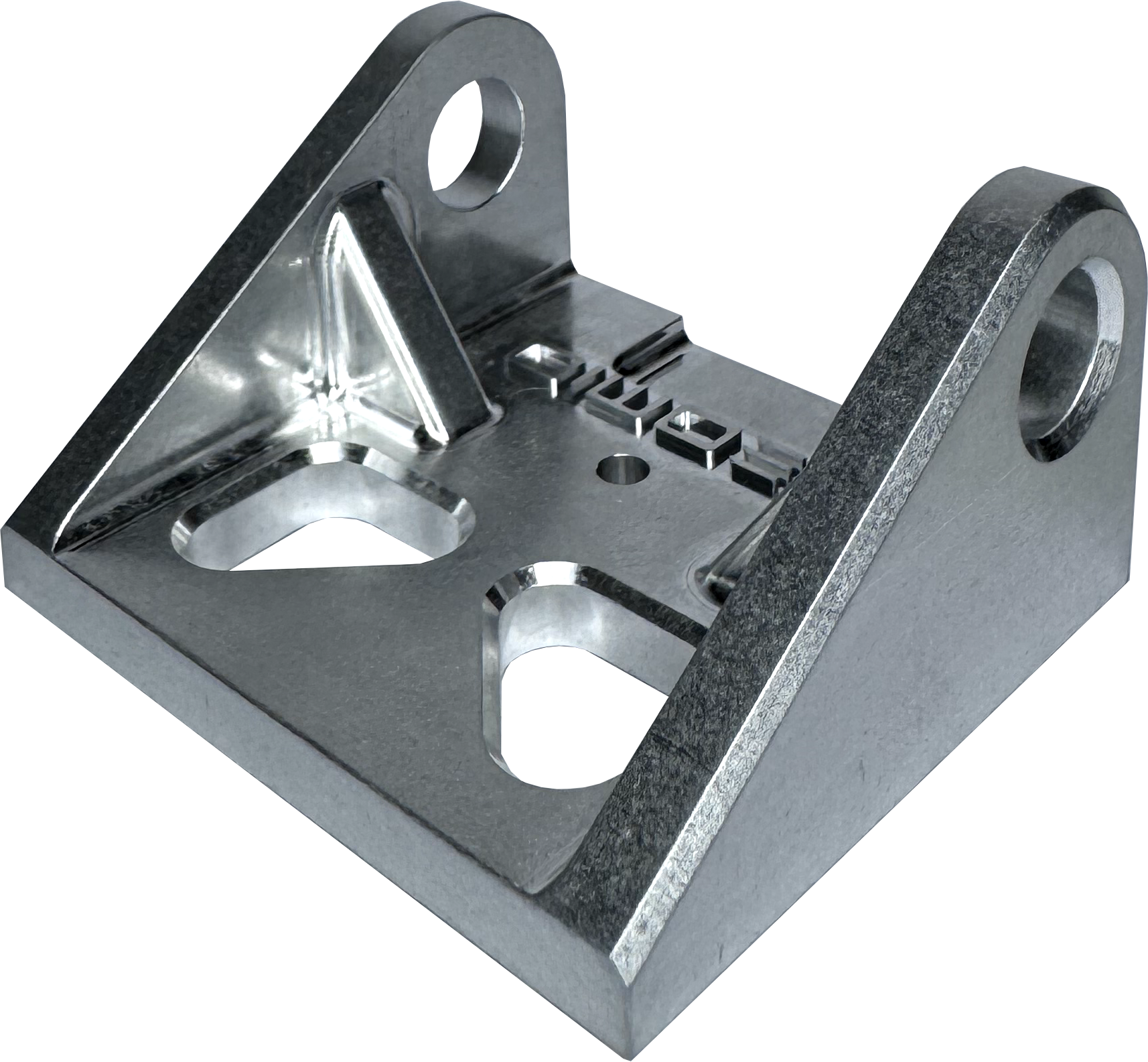
A great way to de-burr and smooth the surface of parts leaving feint grainy lines
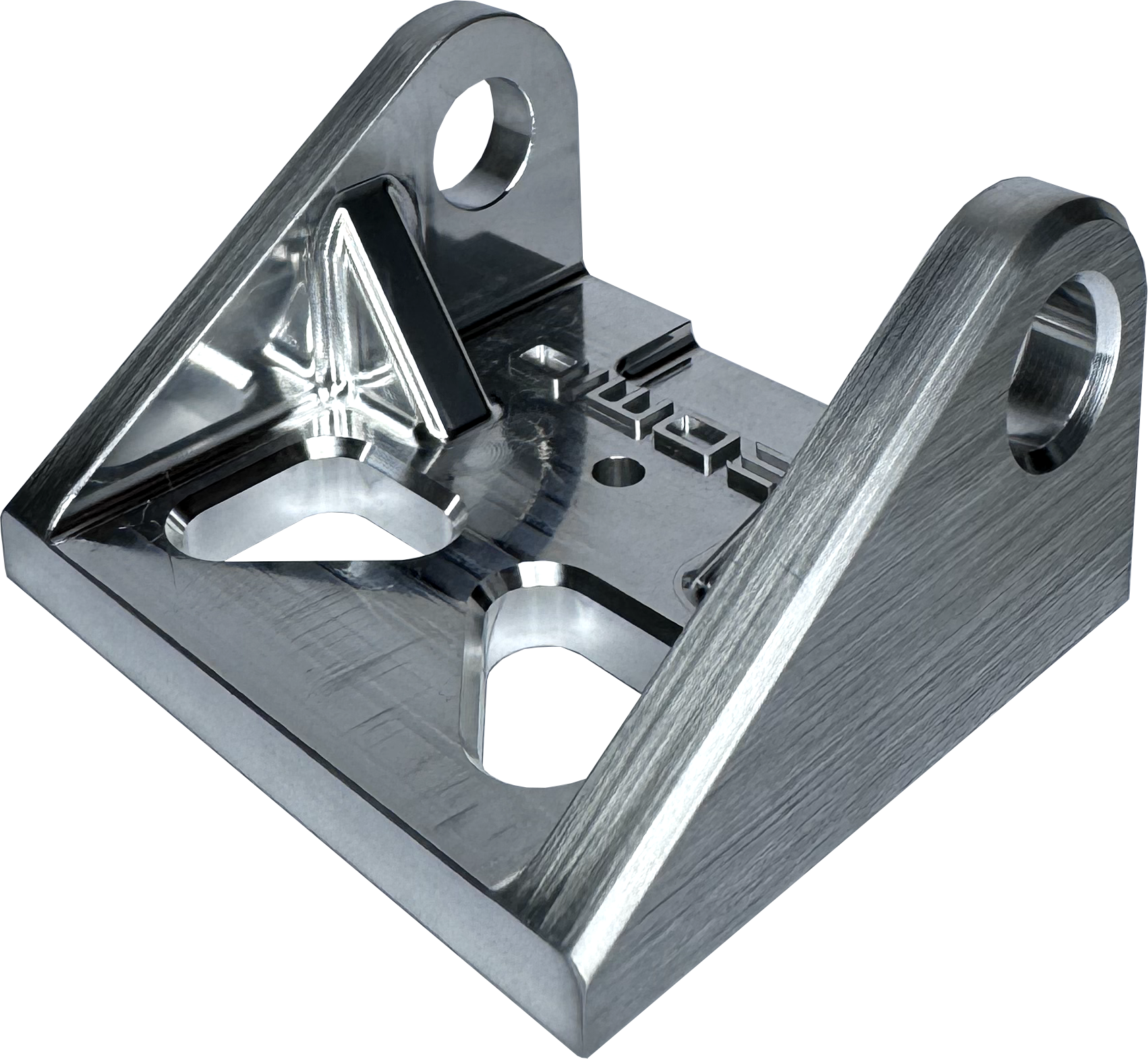
Parts can be linished to have a ‘brushed’ directional appearance
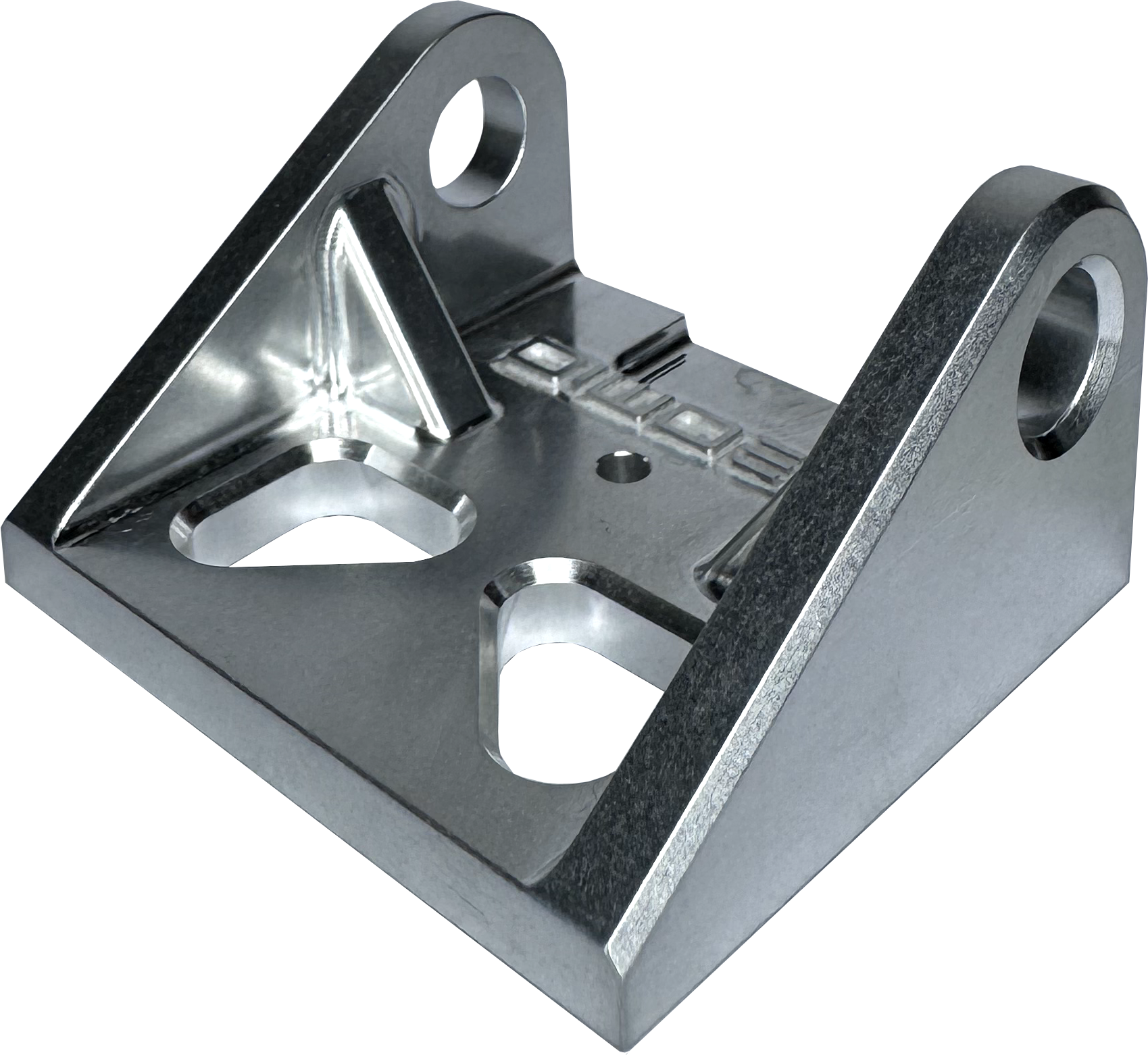
A great way to de-burr and lightly polish the surface of parts
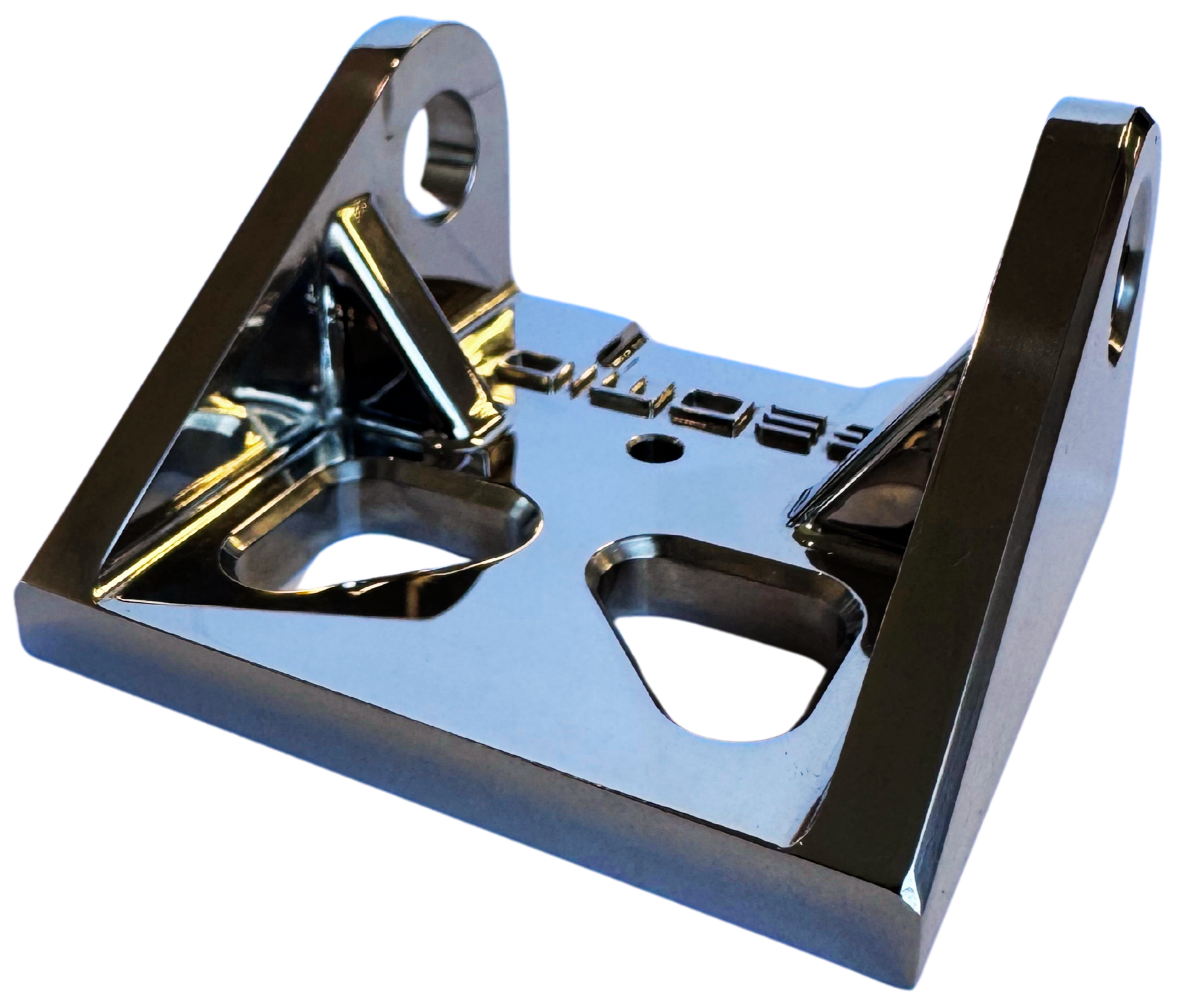
Typically used in the Marine industry on Stainless Steel base material. There should be no scratches or scuffs on the main seen surfaces after polishing.

Etching is a pre-treatment in an acid bath that agitates the surface of the part increasing its porosity and removes most machining marks, and then sulphuric anodised. It is used to create a slightly different appearance to the standard cleaning and anodising process.
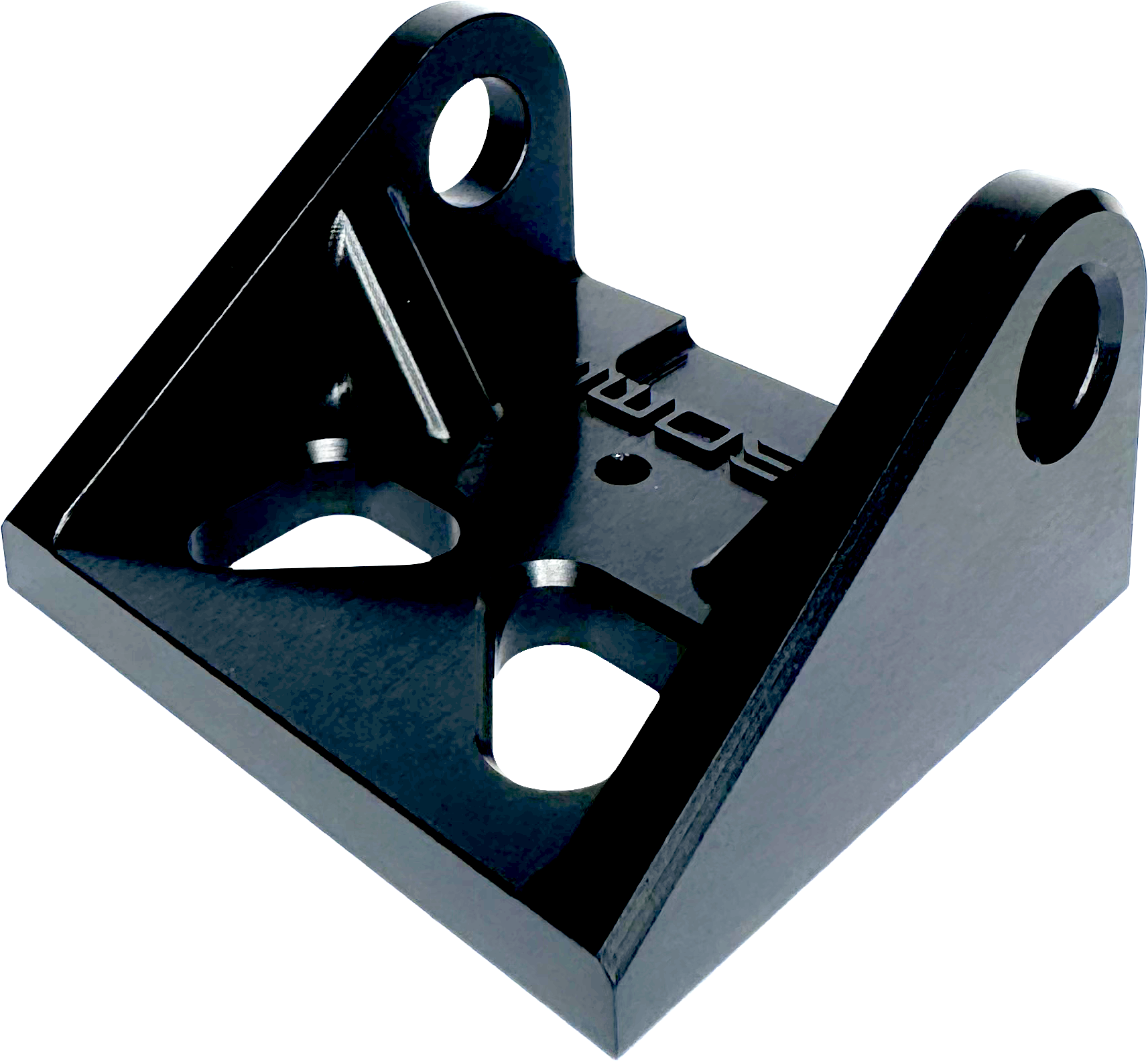
Etched finish has removed most machining marks and has had black dye added to the anodising layer
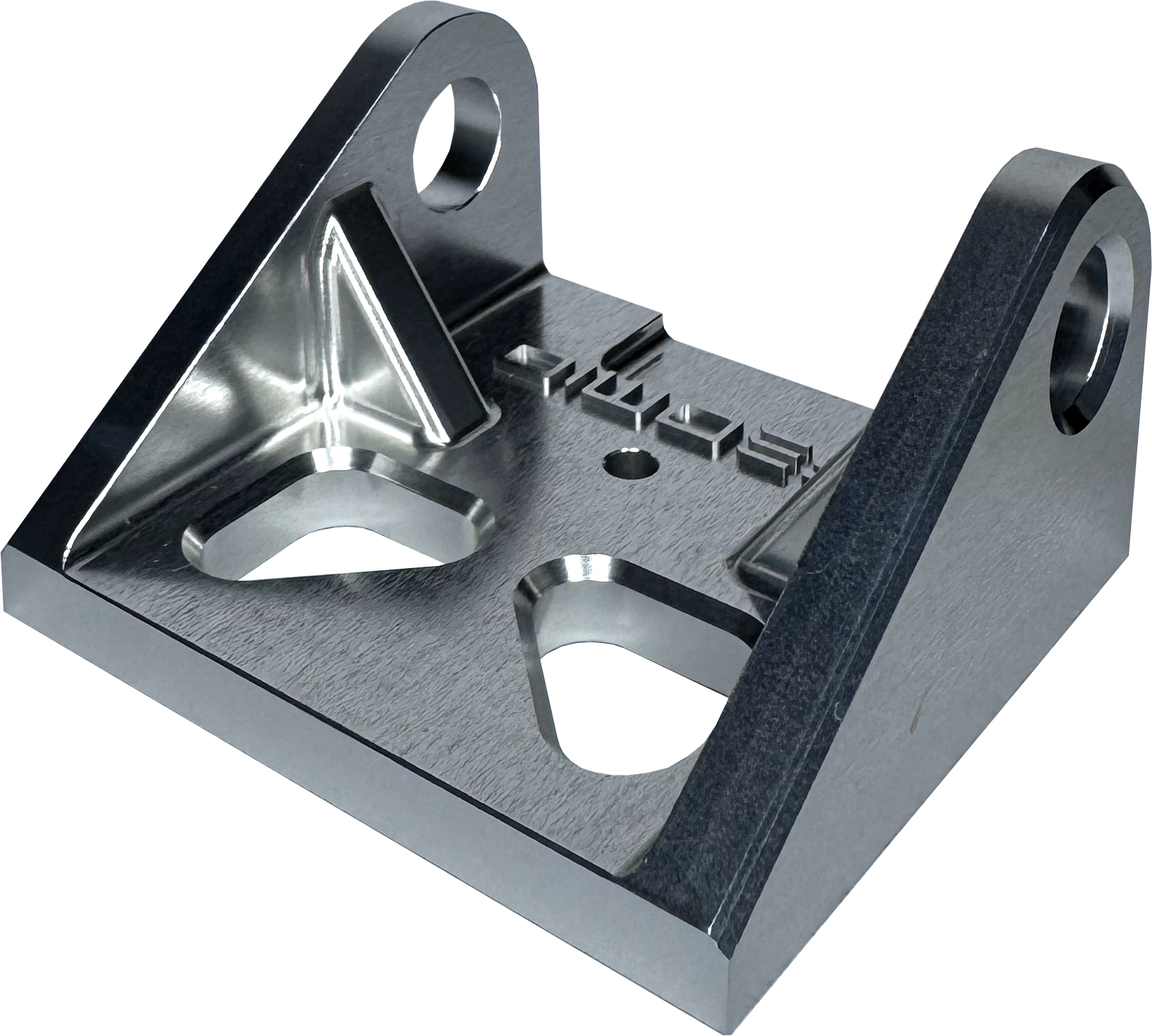
Clear anodised parts are not chemically polished for long, resulting in a dull effect

Silver anodised parts are chemically polished for a longer time that results in the base material being brighter prior to anodising

Powder coating provides a continuous and even coating that protects the base material from corrosion as well as improves the aesthetic appearance. All exact match Pantone and RAL colours are available with Powder Coating.
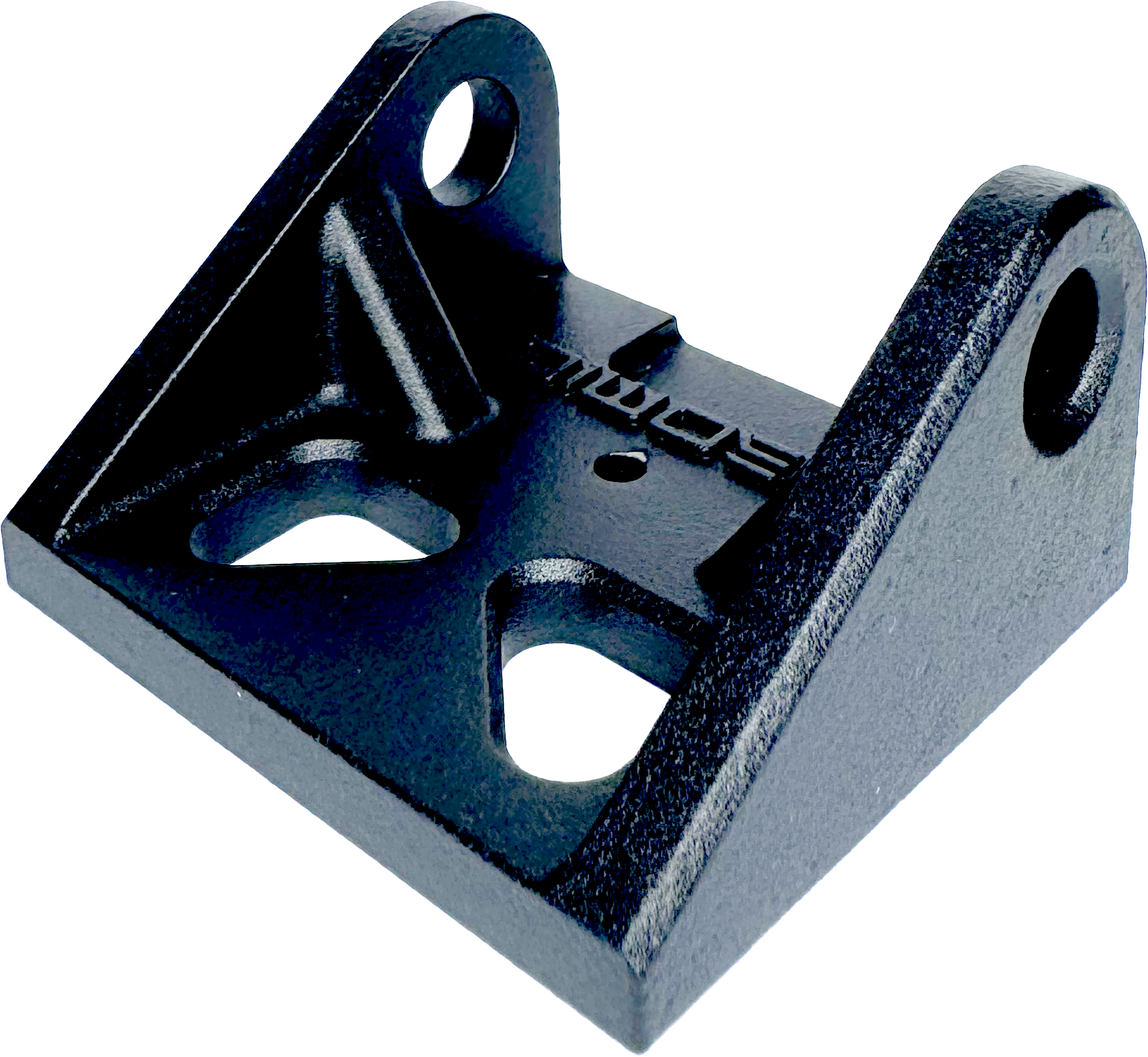
A grainy matte appearance that does not reflect much light.
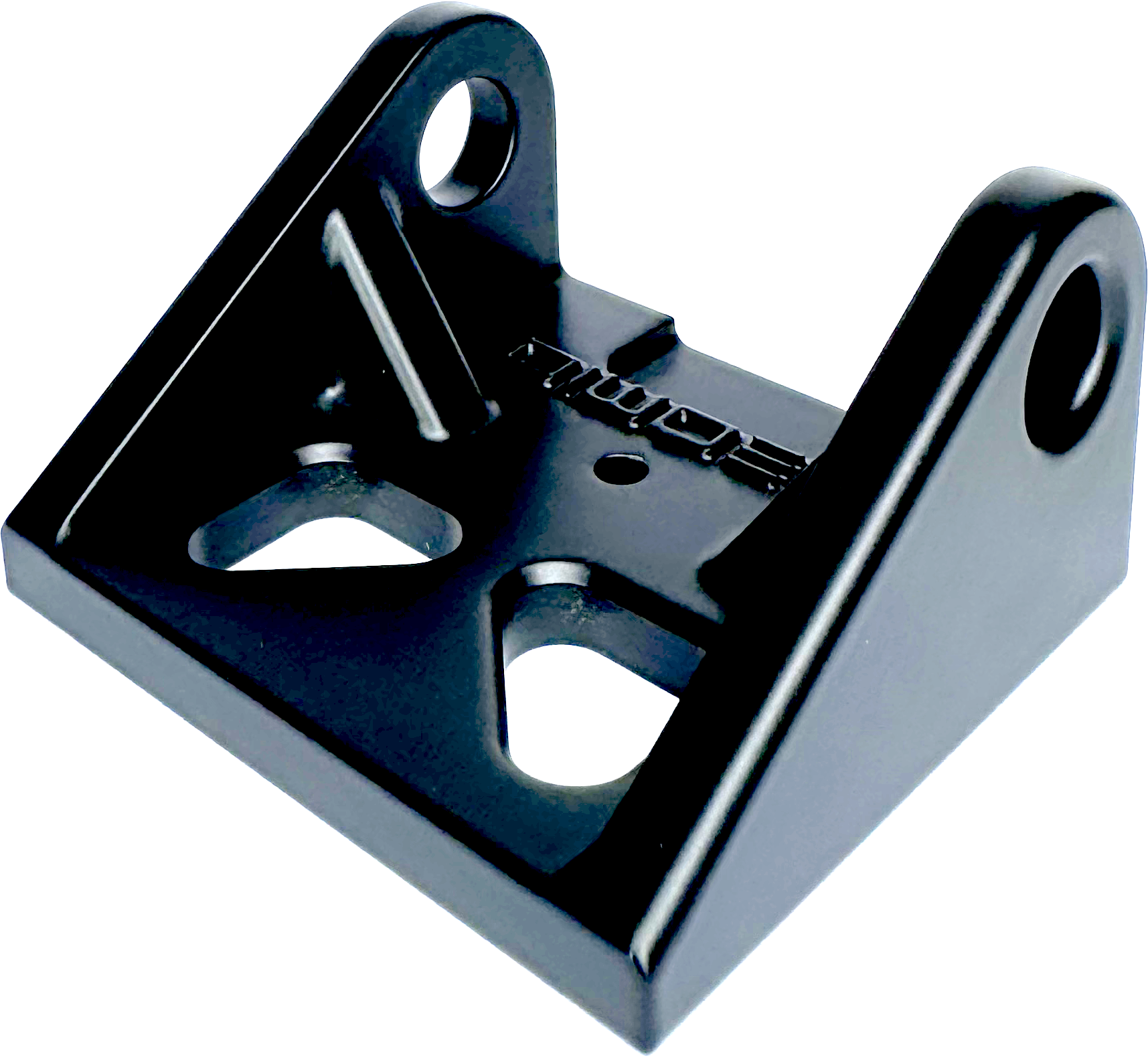
A smooth surface with slightly reflective appearance.
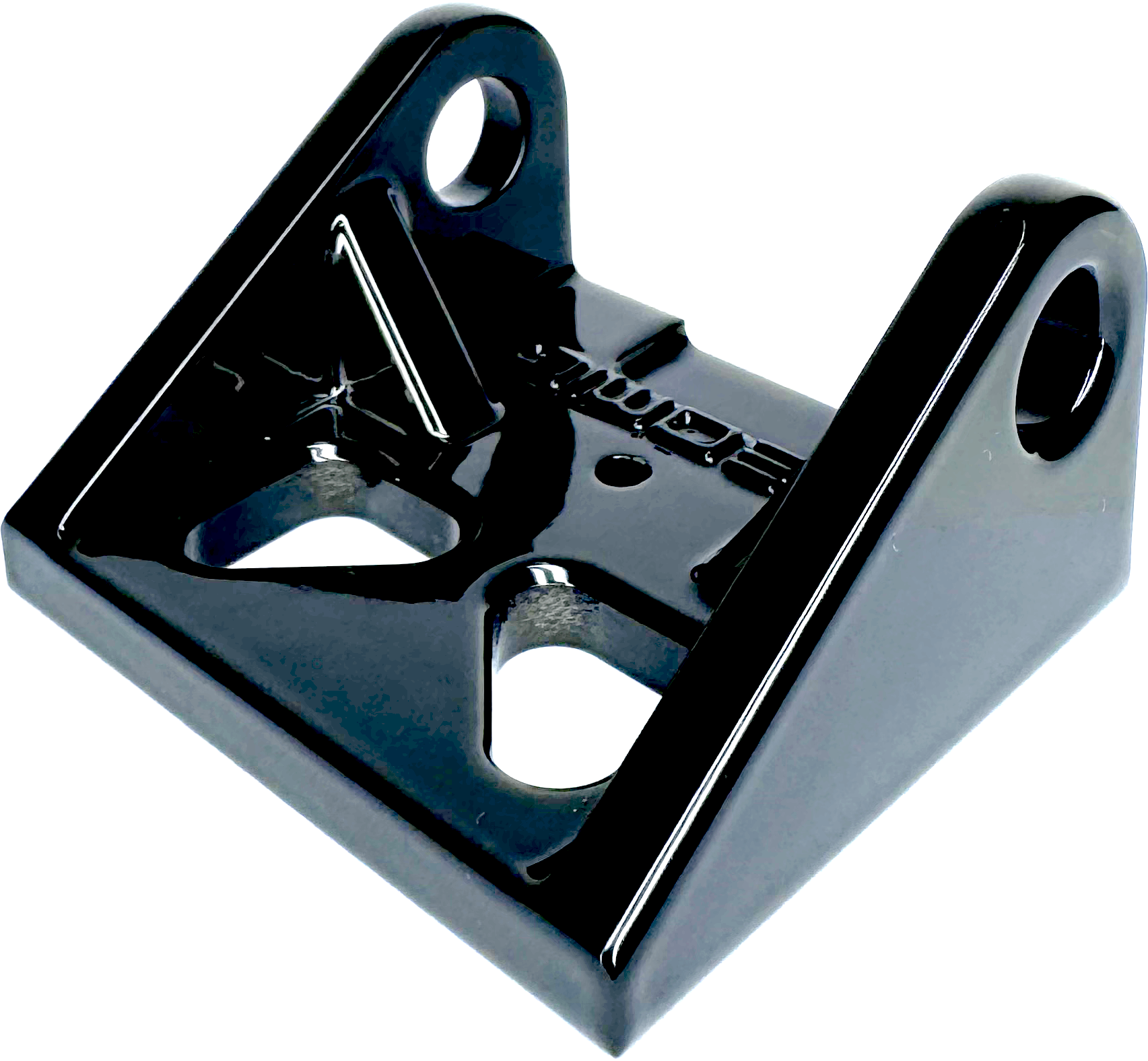
A smooth surface with highly reflective appearance.
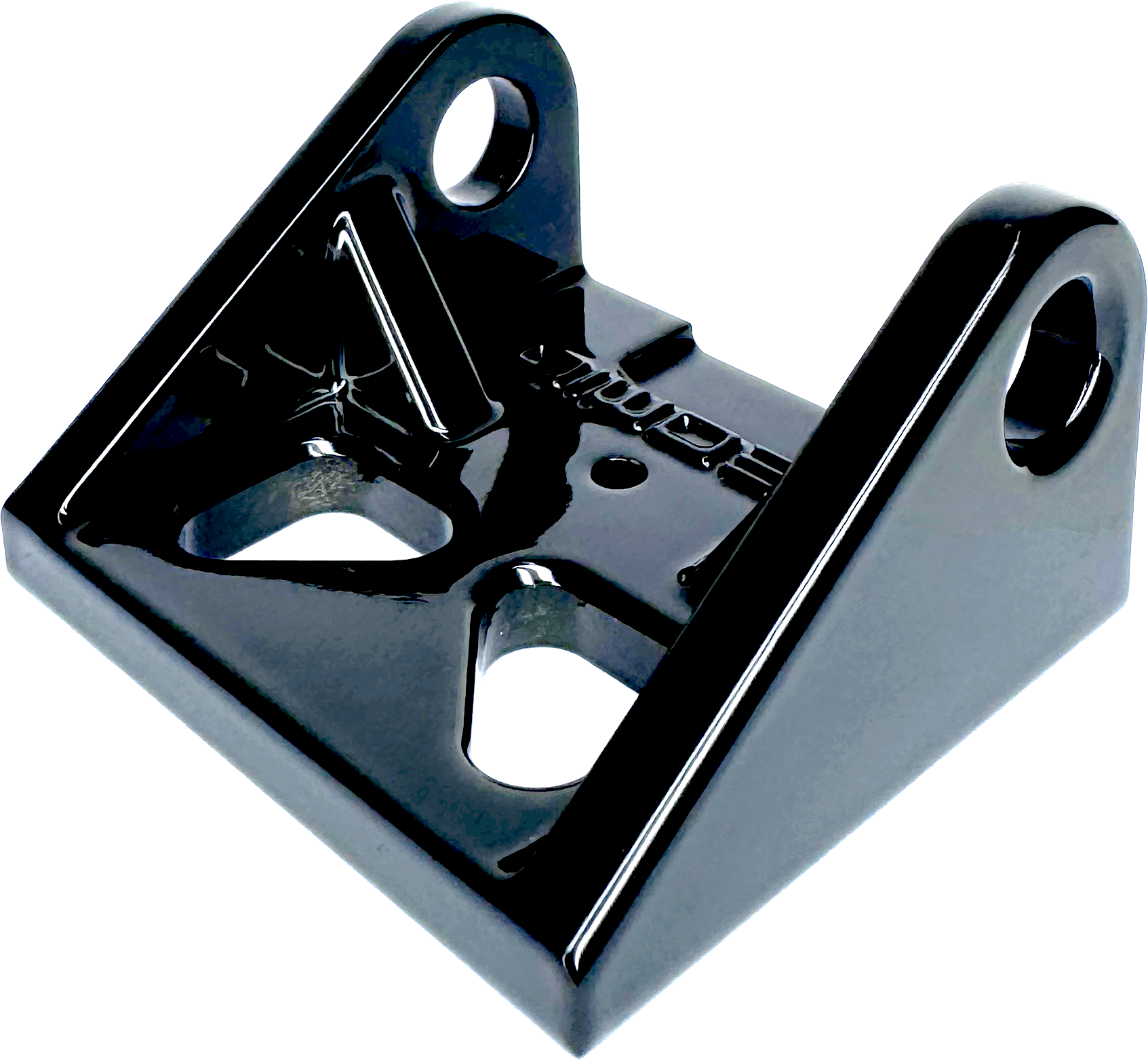
A smooth surface with very highly reflective appearance.

A smooth surface with highly reflective appearance.

A smooth surface with highly reflective appearance.
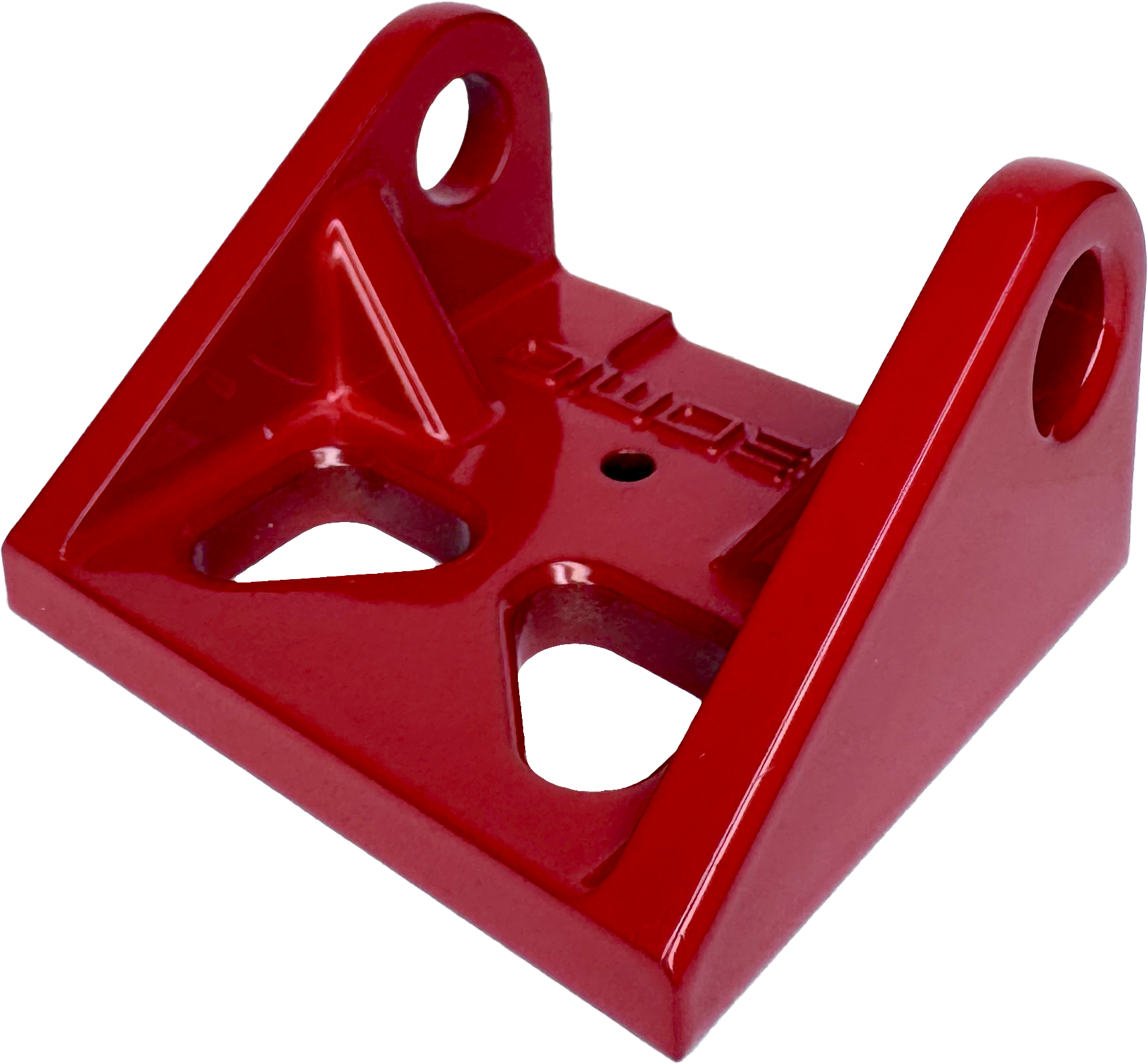
A smooth surface with highly reflective appearance.

Metal plating provides a uniform thickness coating, which offers protection from corrosion, oxidation and wear. Parts will appear brighter than in photos and are reflective.
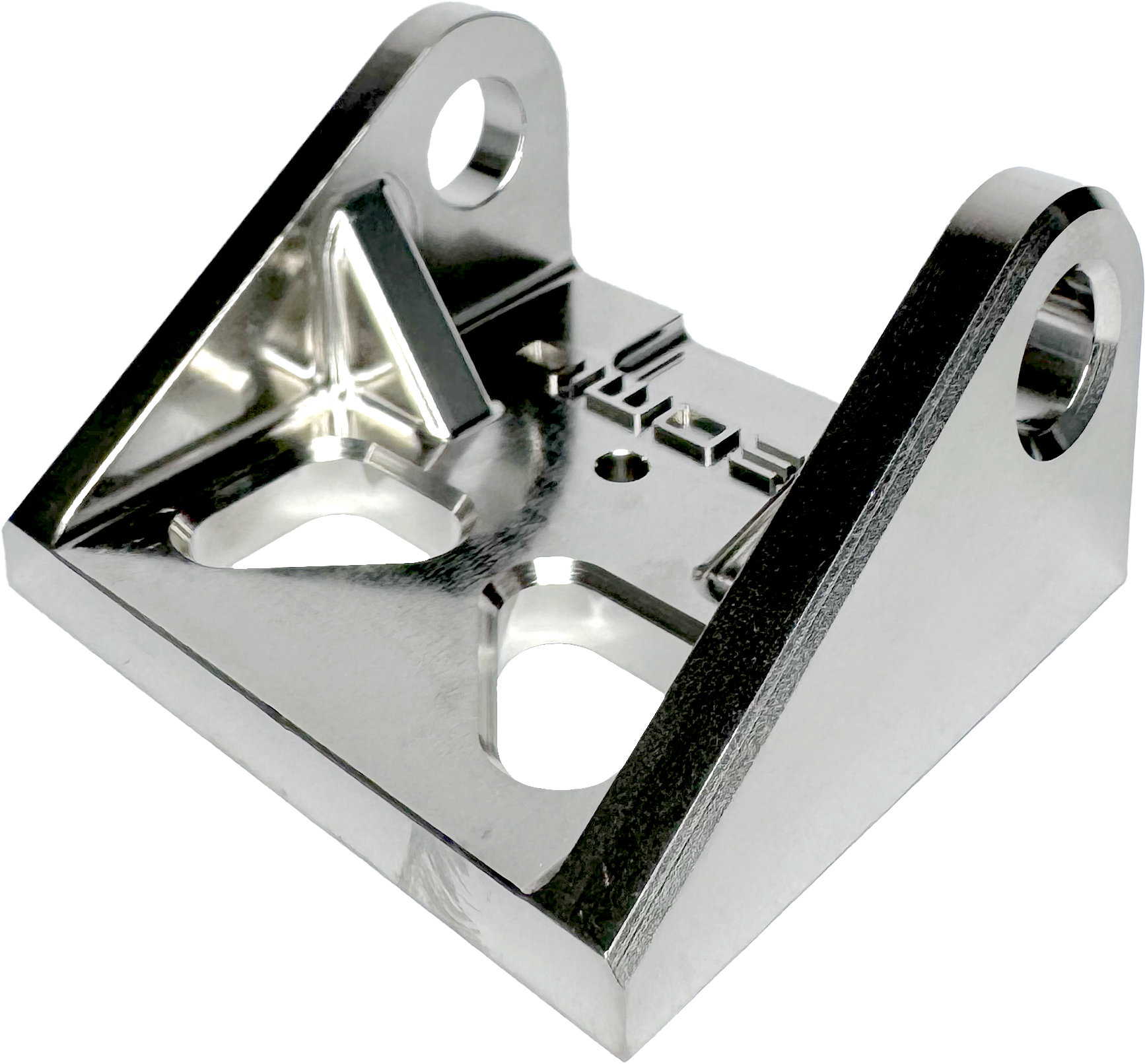
Excellent for corrosion resistance, very cost effective. Has slight reflective surface.
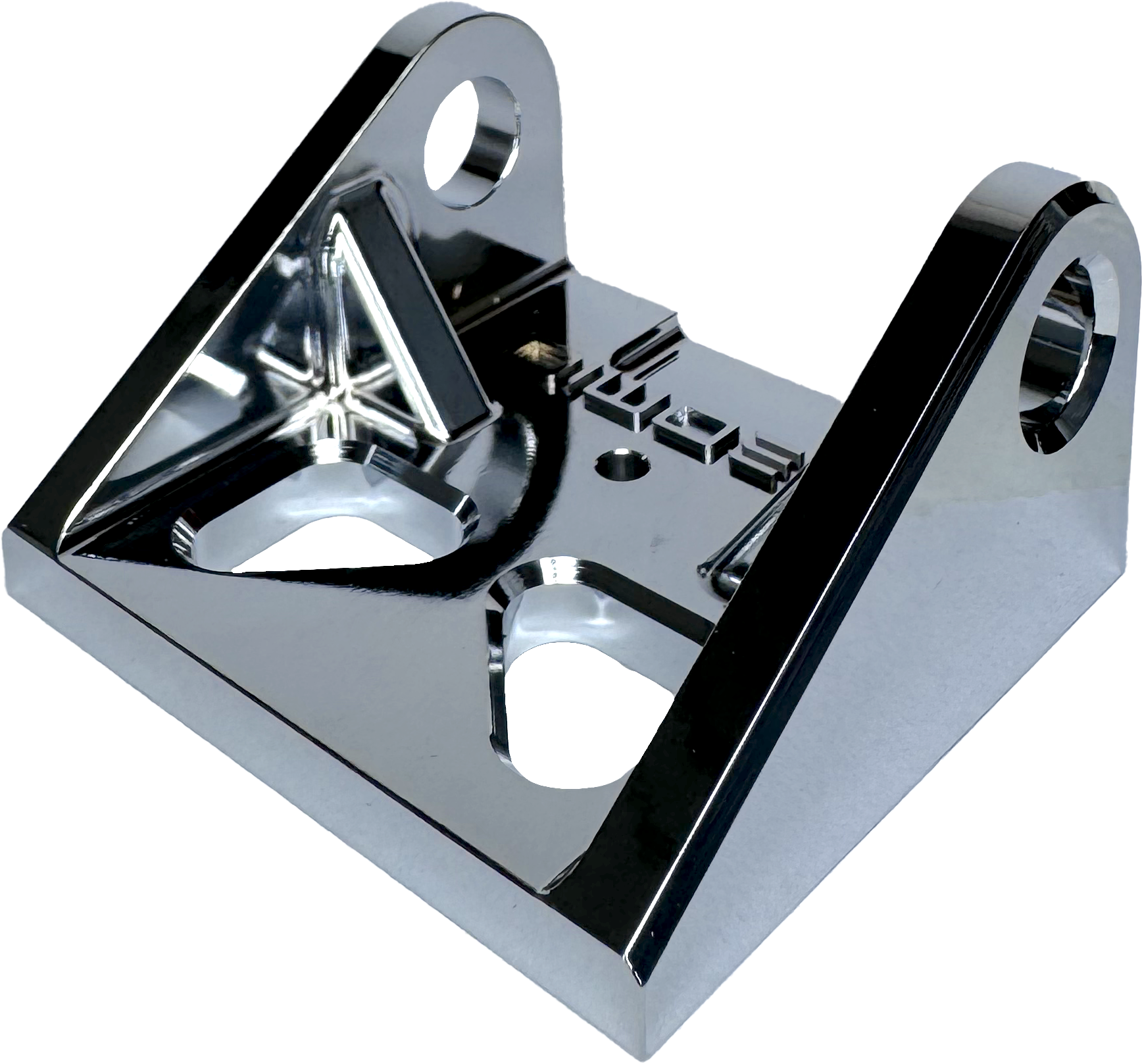
Highly reflective and evenly applied surface finish, similar to mirror polish.

CNC machining general tolerances
Description
General Tolerance
Linear Dimensions
General tolerances for length, width, height, diameter, position, concentricity, symmetry are typically held to +/- 0.127mm (+/- 0.005")
Orientation and Form Dimensions
+/- 0.127mm (+/- 0.005"), Angularity 0.5 degrees. However larger parts will require specific design for manufacturing analysis
Edge Condition
Sharp edges will be broken and deburred as standard. Critical edges that must be left sharp should be annotated on the platform and an engineering drawing.
All uploads are secure and confidential.
We have hundreds of global manufacturing partners that ensure we are highly competitive and have unlimited capacity. We can route jobs geographically to reduce lead times and shipping costs as well as reducing the carbon footprint of each order. All of our CNC turning partners have stringent onboarding and we use data to track on-time deliveries, quality and pricing. This ensures that your job and CNC turning parts are always with the most suited supplier.
See our case studies in action. Discover how we turn ideas into products with our prototyping and manufacturing capabilities.
Oz Andrews
Director
Tyba Home
We use the Geomiq platform as it is the easiest and fastest way to get any of our parts made. They are the obvious choice, highly recommended!
Jamie Fairclough
Design Lead
Industrial Robotics | Arrival
Geomiq streamlines your parts supply chain down to a single supplier. A true enabler for anyone involved with fast paced R&D through to production.
James Batstone
Future Product Research Lead
Brompton Bikes
Geomiq have been fantastic in getting one-off prototype parts to us in our research team super fast so we can go out and test these ideas in the real world using the Brompton Future Lab initiative.
Alex Leck
Design Engineer
JCL Lighting
The quality and service since using Geomiq has rapidly accelerated our development process for roadmap, strategic and bespoke projects.
All uploads are secure and confidential.